As The Spruce notes, shiplap’s overlapping rabbeted planks create crisp shadow lines that instantly give blank drywall a sense of tailored texture. Once used mainly as exterior siding, the boards now dress up every interior surface—from fireplace recesses to hallway niches—thanks to their budget-friendly price and DIY-friendly install. The twenty “shiplap accent wall ideas” below are organized as numbered mini-blueprints, each exactly 100–120 words, so you can pick the concept that fits your square footage, color palette, and design vibe without wading through fluff.
1. Classic Horizontal White Shiplap Accent Wall
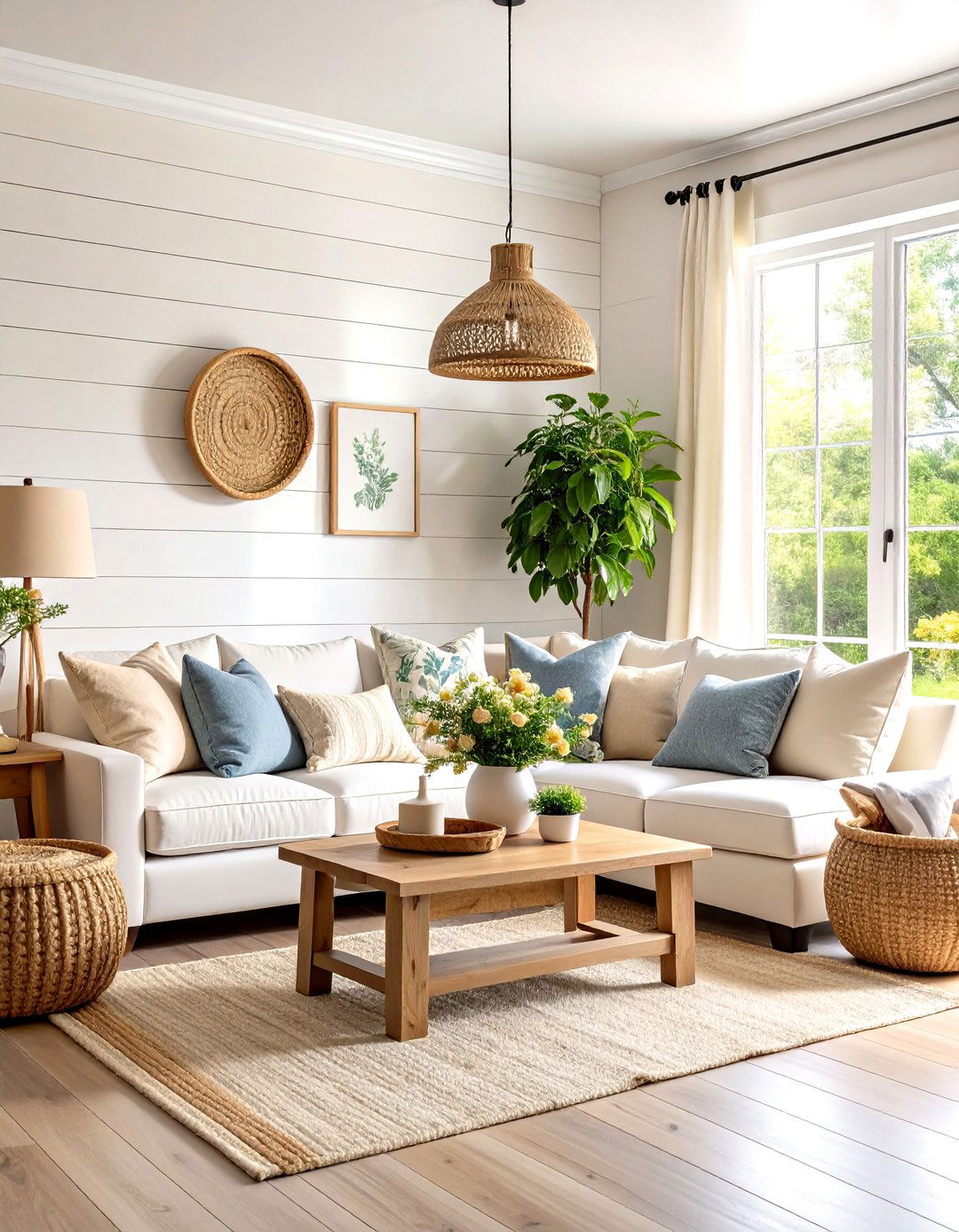
A bright classic never disappoints. As The Spruce’s attic makeover shows, wide horizontal boards painted in a high-gloss white make even low ceilings feel airy while adding subtle rural character. Because the joints hide minor wall imperfections, you can skip heavy skim-coating and simply nail into studs, then caulk seams for a seamless look. Finishing with enamel-sheen latex offers wipe-clean durability in kid-filled zones. Use a nickel-gap spacer for the classic shadow line every farmhouse fan loves. Finally, style the wall with woven baskets or botanical prints—the gentle grooves provide enough texture that artwork can stay simple, letting the shiplap lines do the visual lifting.
2. Vertical Shiplap Accent Wall for Height
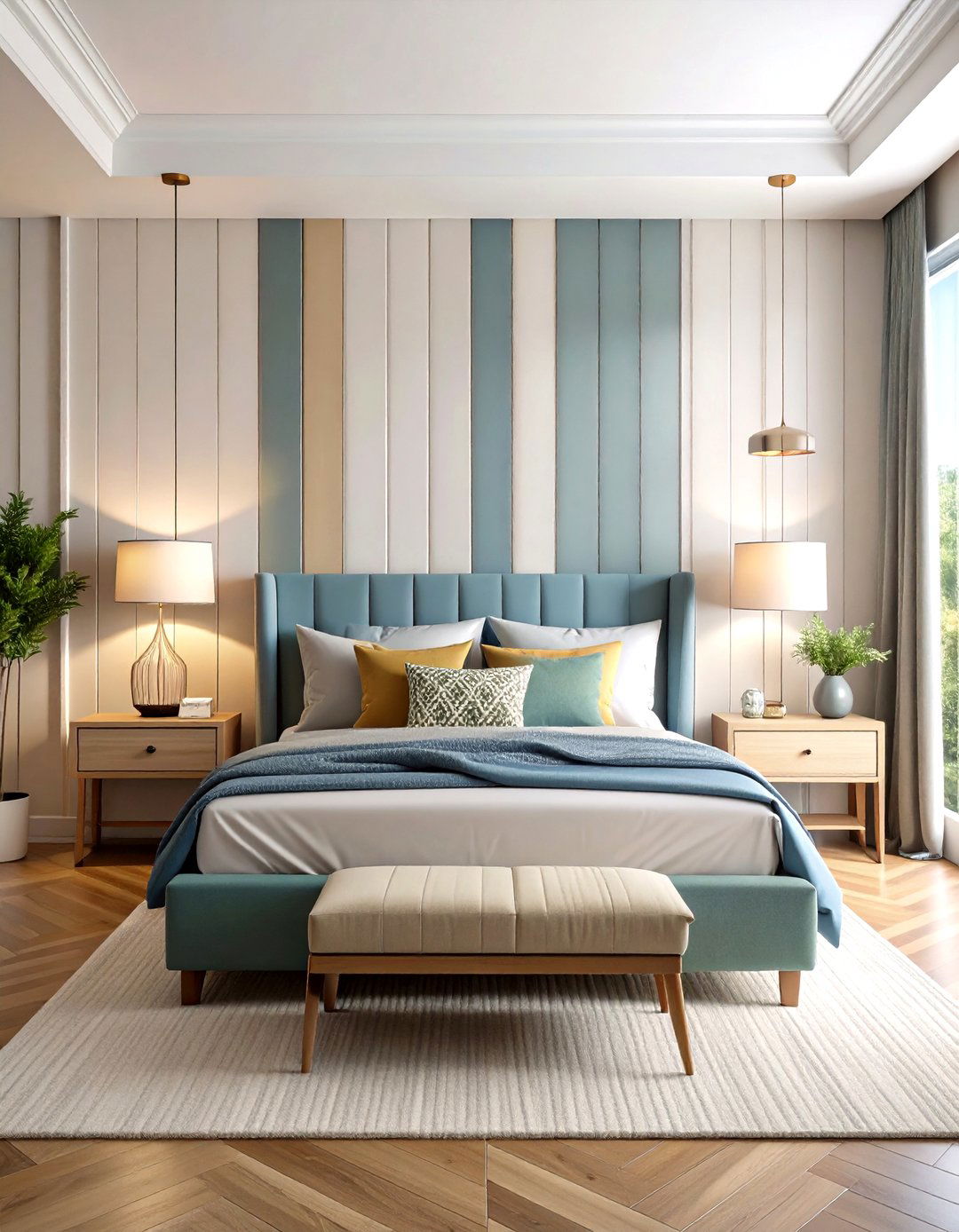
To trick the eye into believing eight-foot ceilings are nine-plus, flip the boards. DIY blogger Angela Marie Made demonstrates fastening pre-primed planks floor-to-ceiling so the continuous stripes draw sightlines upward. The Spruce likewise highlights bedrooms where vertical shiplap, stained charcoal, produces a moody cocoon without shrinking square footage. Plan stud-to-stud spacing first, then rip end boards so gaps on opposite edges match; the symmetry sells the professional finish. Because vertical installation sheds dust instead of trapping it, this orientation is excellent for allergy sufferers. Cap the treatment with a slim picture rail so art can be swapped seasonally without fresh nail holes.
Take geometry up a notch by laying boards in mirrored 45-degree runs that meet on center, forming a dynamic chevron. A step-by-step YouTube tutorial shows how miters are cut identically and simply flipped to create the zig-zag, speeding installation. Because each V-shape catches light differently, a single-color stain suddenly reads as subtle stripes, adding depth without extra pigment. Before starting, snap chalk lines to mark the spine and measure from that axis outward; this ensures both halves converge perfectly. Finish with low-sheen polyurethane so the pattern, not the glare, becomes the star, and keep décor minimal—one art piece centered inside a V amplifies the statement.
With its basket-weave feel, herringbone takes the chevron further by alternating board orientation every course. A carpentry thread details milling custom rabbets so no drywall peeks through the tight zig-zag grid, eliminating the need for back-painting. Mark a forty-five-degree centerline, then work upward and outward, keeping the pattern level with a long spirit level every third row. Because cuts are shorter, leftover scraps become usable pieces, reducing material waste. Choose a satin paint to highlight the intersecting shadows, and flank the wall with simple sconces—the directional light rakes across the groove intersections, showing off all that painstaking joinery and beautiful craftsmanship.
5. Two-Tone Painted Shiplap Accent Wall
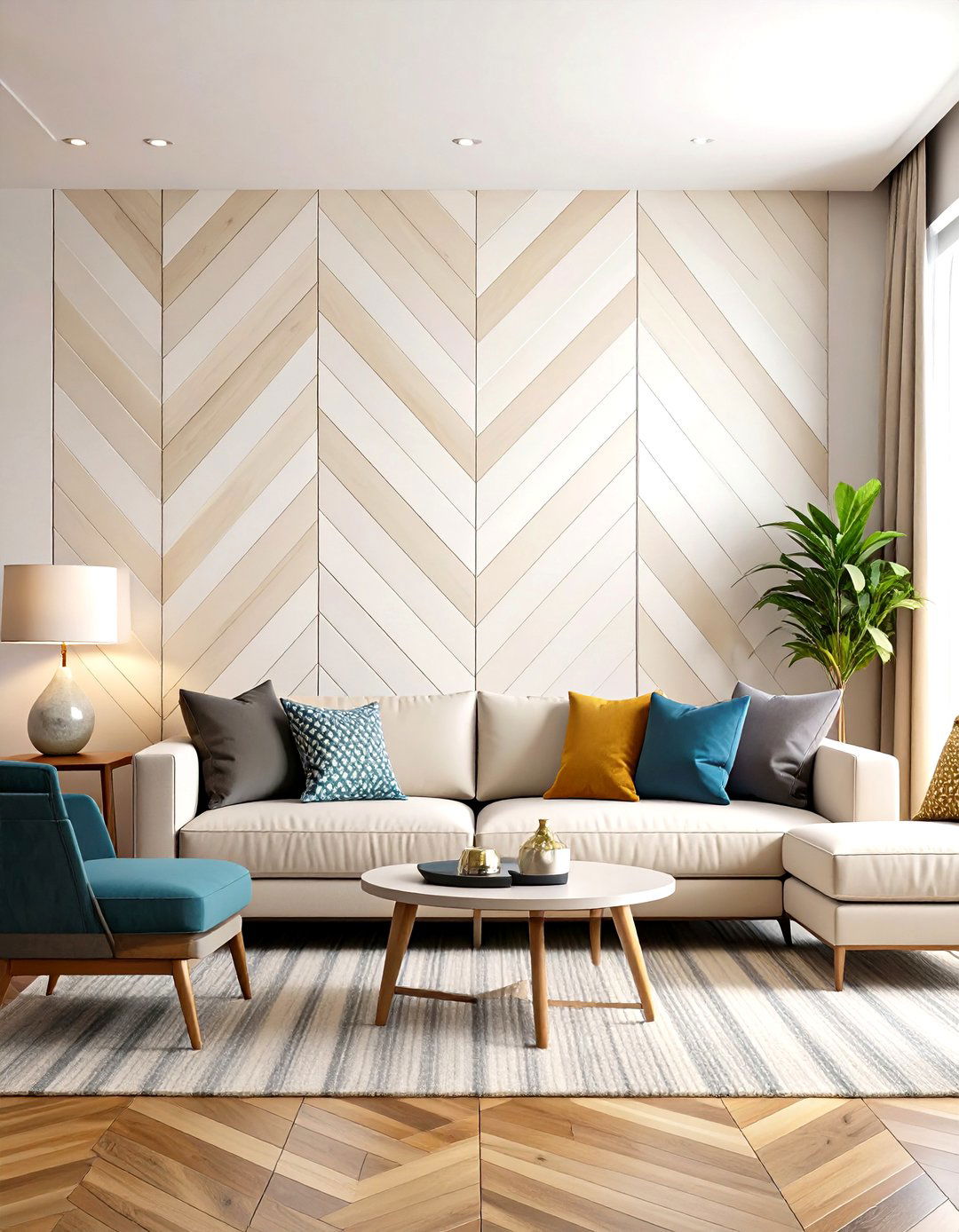
Looking for subtle contrast without new materials? Benjamin Moore’s color guides suggest pairing cream boards with a slightly darker greige in the adjacent recesses, creating depth while staying neutral. Tape the rabbet edges and roll each hue separately so the line stays crisp; this “shadow-gap” illusion makes the wall look hand-crafted. Extend the lighter tint onto the ceiling crown to visually lift the room, then repeat the deeper shade on a throw blanket for cohesion. Because the palette relies on tone not saturation, the effect feels sophisticated rather than high-contrast, suiting transitional living rooms and calm primary suites alike—with ease.
6. Moody Black Shiplap Accent Wall
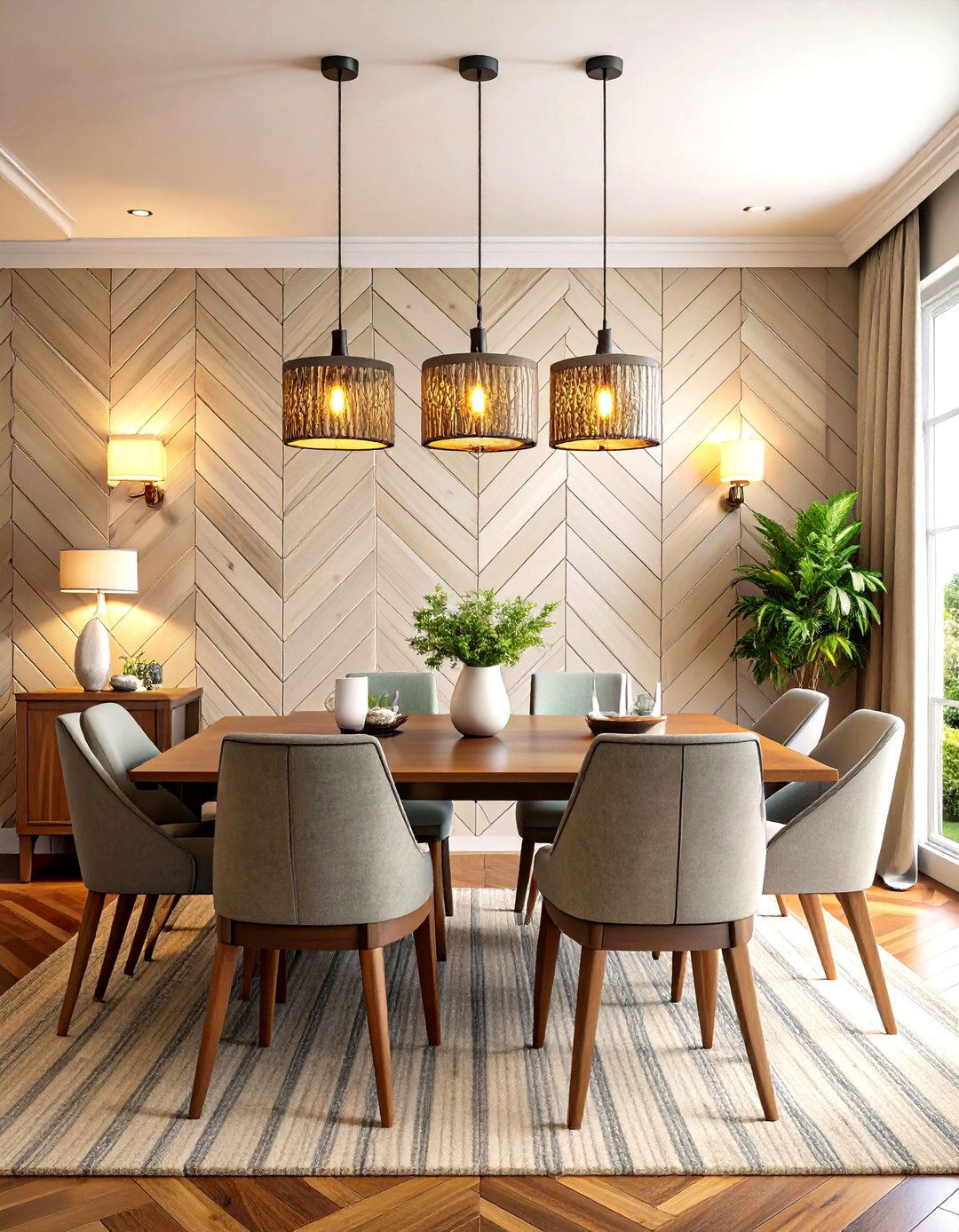
For dramatic depth, coat the planks in rich matte black. The Spruce’s roundup shows powder rooms and mudrooms clad floor-to-ceiling in ebony boards, proving dark finishes can still feel welcoming when balanced with natural light and warm wood benches. Because black hides scuffs, it is especially practical in entries with heavy traffic. Prime first with a high-bonding product so the pigment lays evenly, then mitigate echo by layering soft textiles. Brass sconces pop brilliantly against the inky backdrop, while a chunky jute rug adds tactile contrast that keeps the space from veering gothic. Finish edges with sleek black outlet covers.
7. Navy Blue Shiplap Accent Wall
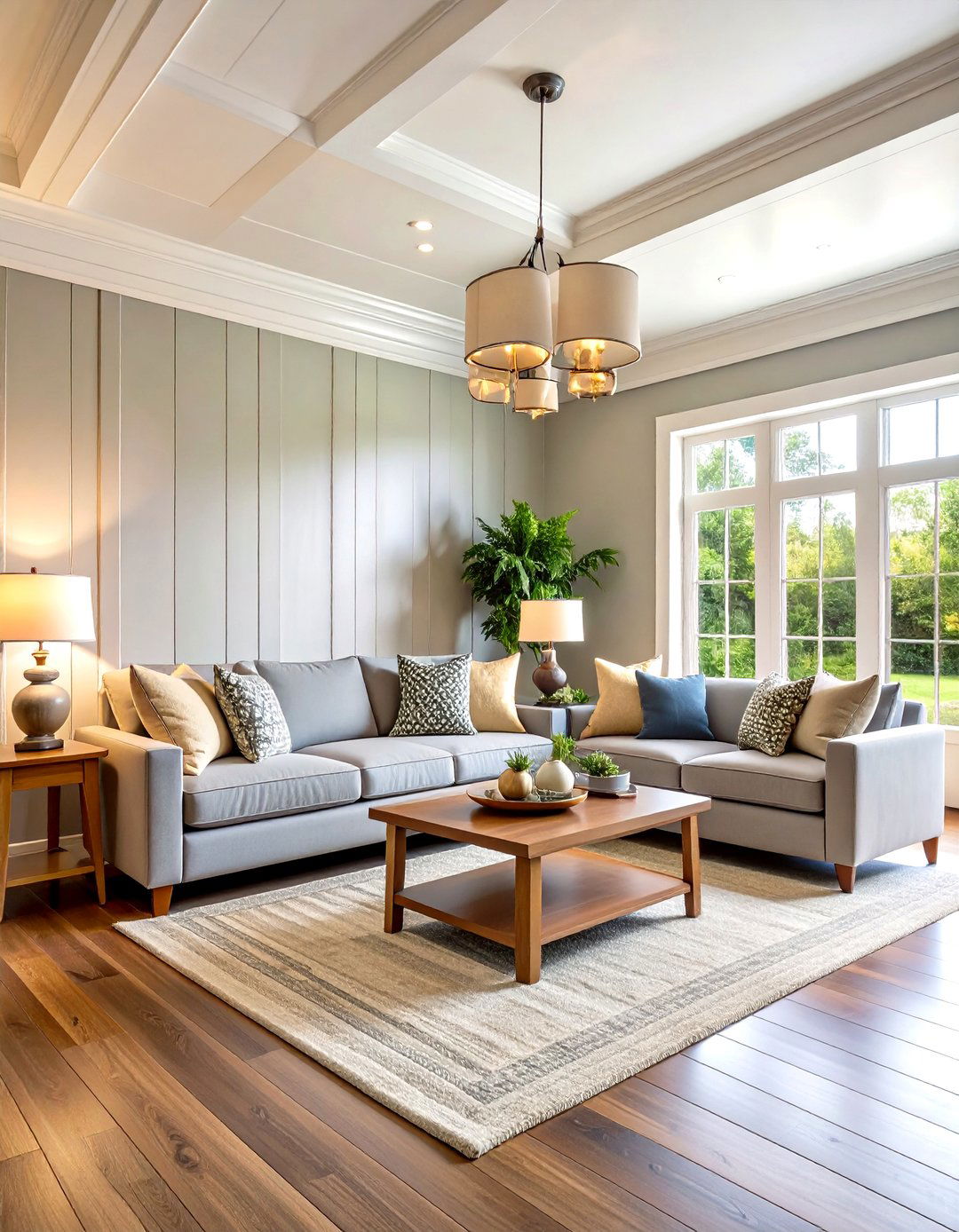
Unlike black, saturated navy delivers drama while maintaining a touch of coastal calm. The Spruce features bedroom nooks wrapped in deep blue planks that feel like built-in headboards and add perceived depth to small alcoves. Choose a semi-gloss enamel to bounce light, and ground the palette with crisp white linens so the color reads sophisticated, not nautical kitsch. Because navy pairs beautifully with brass, swap in vintage-style picture lights or bed sconces to highlight artwork. Add textured throws in cognac leather or tan wool; the warm undertones counter the cool wall, creating a balanced retreat suitable for every season easily.
8. Coastal Aqua Bathroom Shiplap Accent Wall
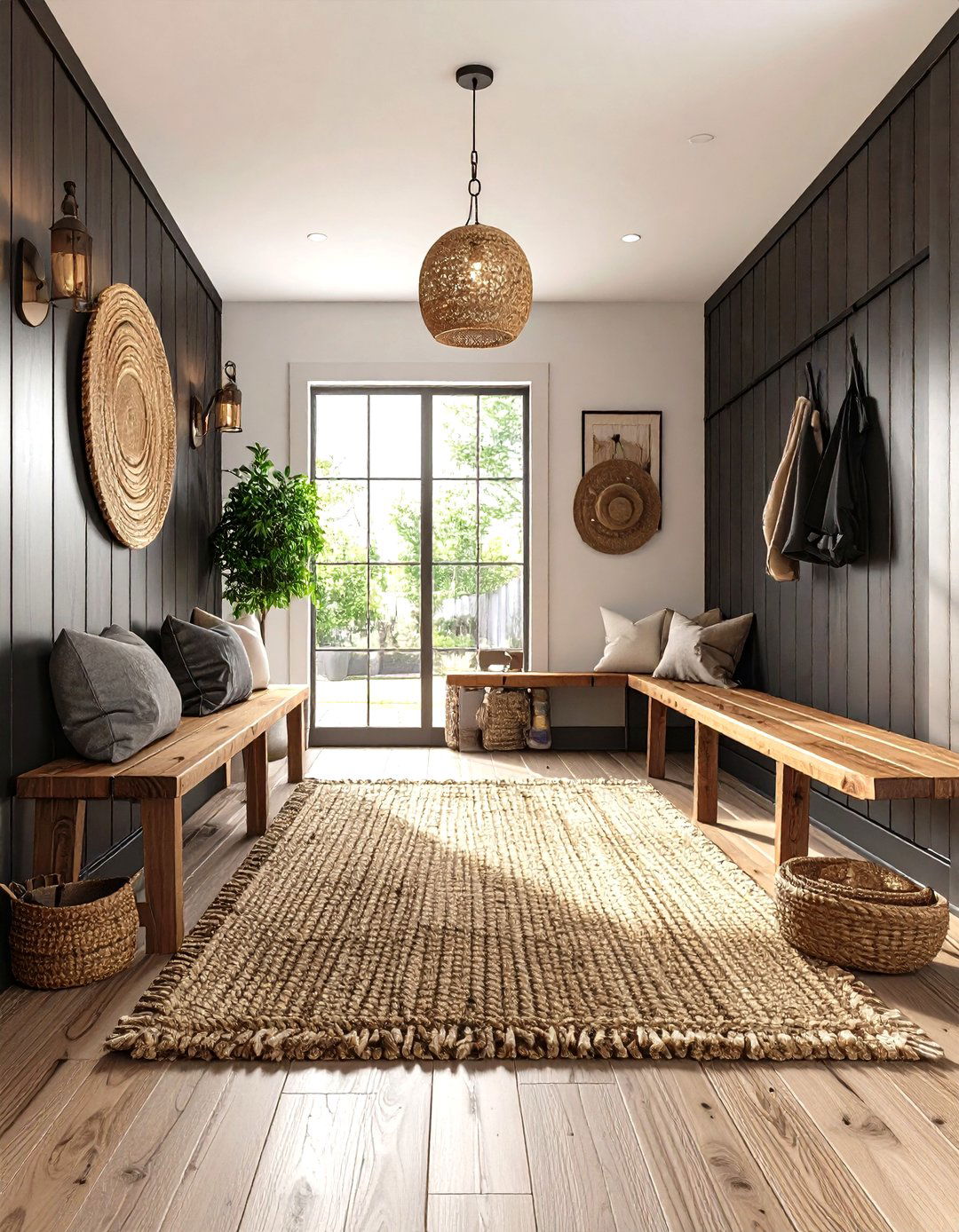
Consider bringing beach-house vibes indoors with soft aqua shiplap behind a bathroom vanity. Houzz galleries of coastal renovations show how the watery hue brightens tight spaces and pairs naturally with sandy-toned quartz counters and matte nickel fixtures. Seal pine boards with mildew-resistant primer before painting to protect against humidity, then finish gaps with paintable caulk so steam cannot sneak behind. Anchor the color story with woven sconces or raffia mirrors that echo dune-grass textures, and keep tile simple—white subway or penny rounds let the pastel wall sing. A striped Turkish towel completes the breezy, vacation-ready scene with style.
9. Rustic Reclaimed Wood Shiplap Accent Wall
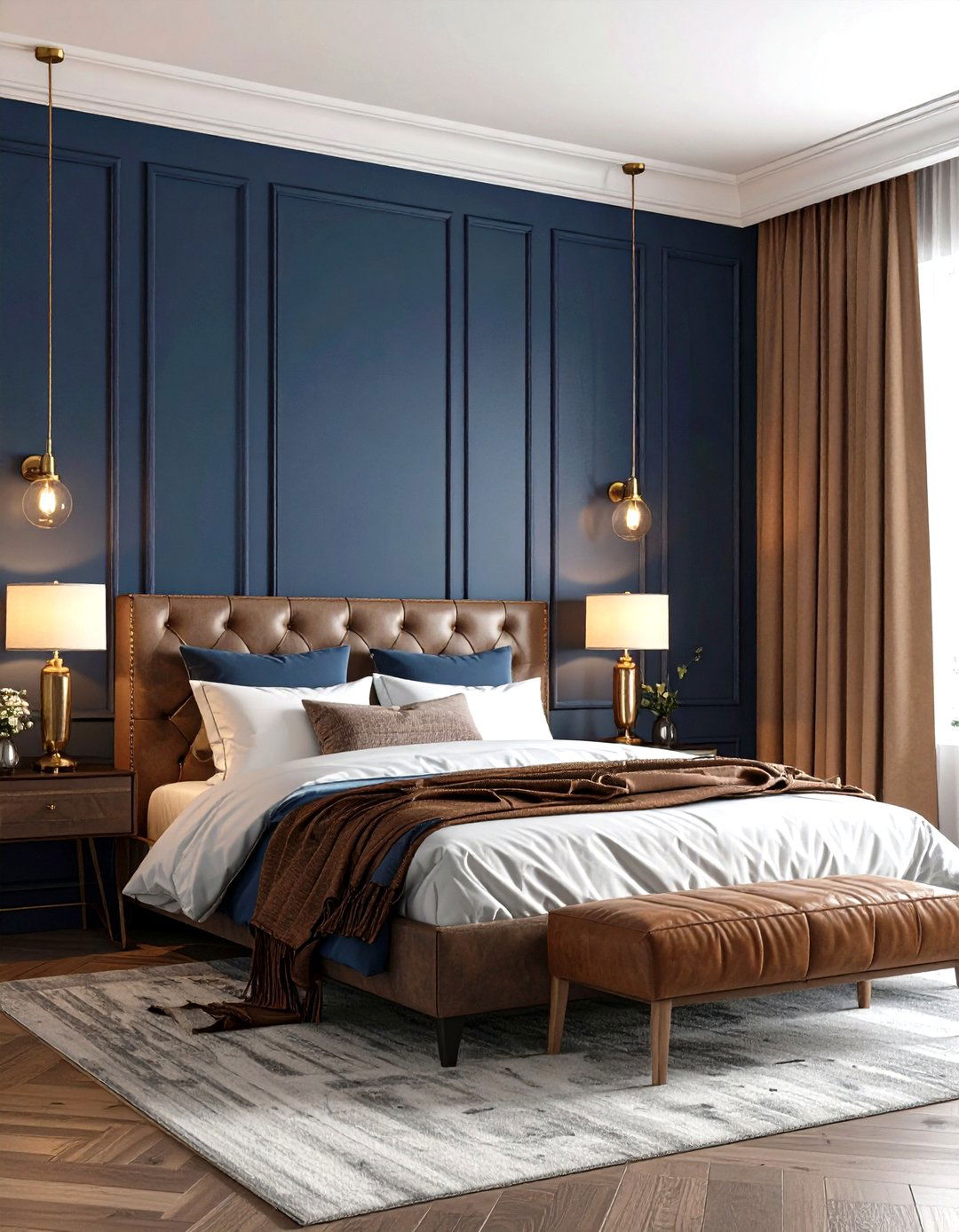
Owing to its weathered knots and saw marks, barn-salvaged shiplap injects instant authenticity that factory-milled pine cannot mimic. A popular DIY video details how to sort reclaimed boards by thickness, scrub off residual dirt, and pre-seal tannins before installation. The Spruce likewise highlights attic bedrooms clad in natural shiplap, proving raw timber can feel upscale when paired with simple linens and black iron sconces. Because reclaimed stakes may vary, scribe each board to its neighbor and face-nail with antique-style square-cut nails for period correctness. Finish with clear matte poly to preserve patina, and let the uneven tones dictate an earthy neutral palette.
10. Modern Minimalist Smooth Shiplap Accent Wall
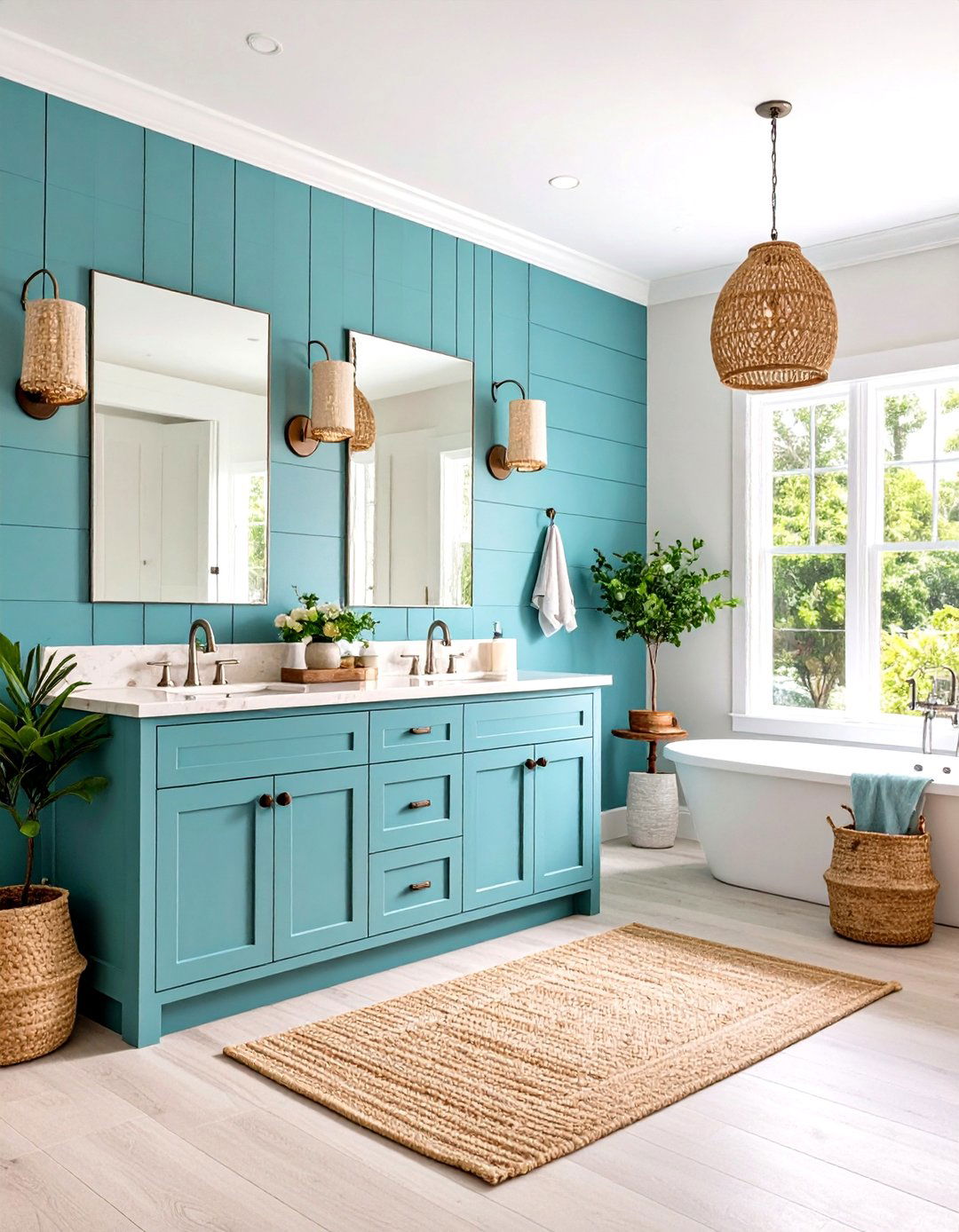
Thus, when your taste leans Scandinavian more than farmhouse, pick MDF shiplap with micro-bevel seams and paint it the same tone as surrounding walls. The Spruce’s minimalist bedroom example shows how the faint horizontal grooves echo linear furniture without screaming “rustic.” Trend pieces on dark living rooms note that low-chroma taupes and charcoal greens make modern shiplap read architectural rather than country. Use 4-inch boards for tighter lines, hide fasteners with spackle, and spray-finish for a poreless skin. Pair the finished wall with metal sconces and a single oversized abstract canvas so texture, not color, carries the design effortlessly forward.
11. Peel-and-Stick DIY Shiplap Accent Wall
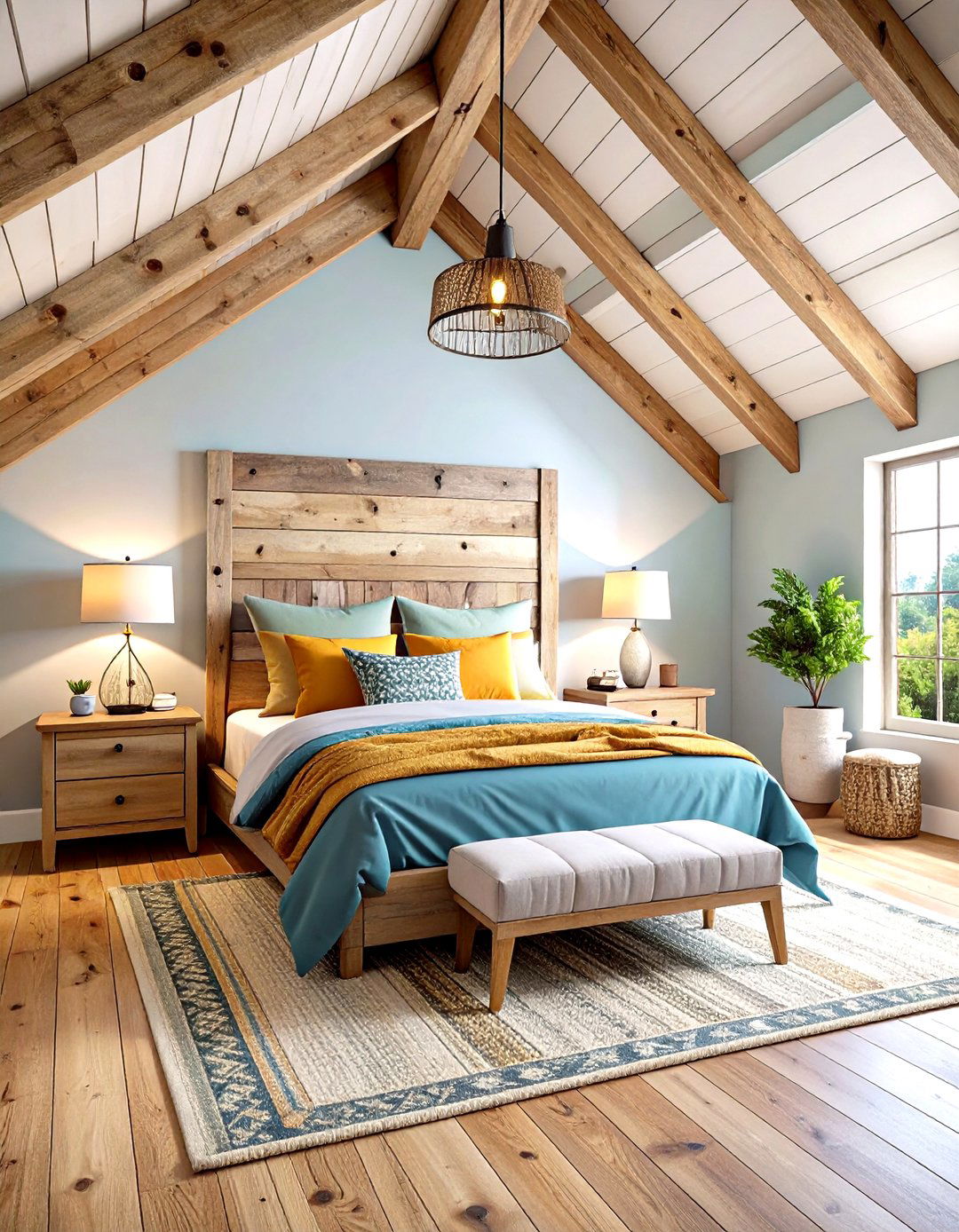
Certainly, renters or time-pressed homeowners can still get the look using peel-and-stick PVC planks. A viral bedroom makeover video demonstrates pressing lightweight engineered boards onto painted drywall without nails in under two hours. Home Depot’s filterable catalog confirms these panels are moisture-resistant and available in pre-primed white for easy custom coloring. Clean the surface with degreaser, snap a level baseline, and burnish each strip firmly to activate the adhesive. Because the product is only 3/16-inch thick, outlets typically sit flush—just replace covers afterward. When it’s time to move, warm seams with a hair dryer and lift slowly to avoid torn paper.
12. Fireplace Shiplap Surround Accent Wall
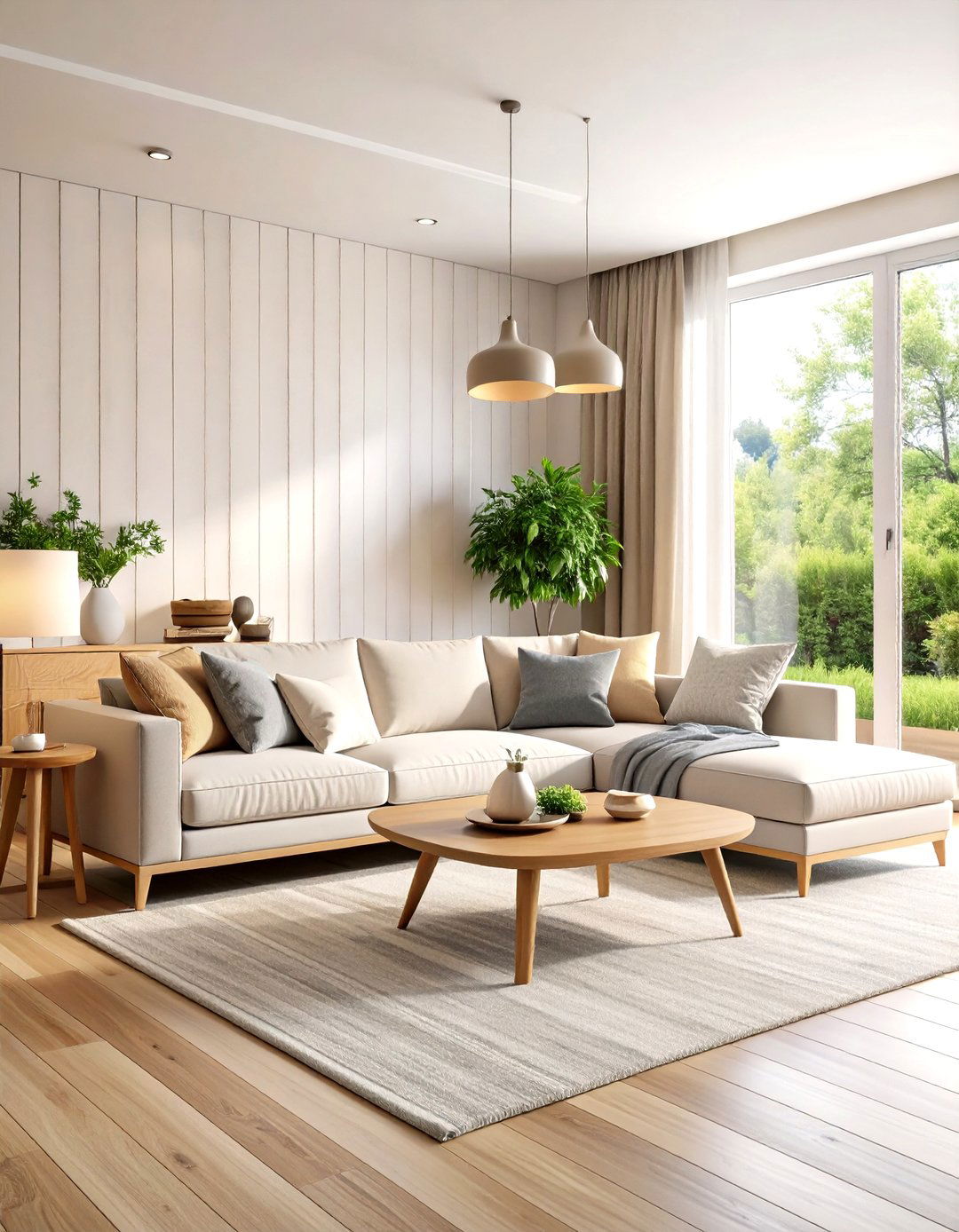
Bringing shiplap onto the chimney breast unifies hearth and seating area in open-plan rooms. Blogger Sarah Joy painted her living-room surround Alabaster white, then framed the firebox in sleek black, creating graphic contrast that feels intentional, not builder-grade. For safety, use Class-A fire-rated MDF or maintain manufacturer-specified clearances from combustible mantels. Run boards vertically on the sides and horizontally across the header to mimic classic paneled chimneys. Finish nail holes with heat-resistant filler and top-coat with high-temp enamel where surfaces get warm. A chunky rough-hewn mantel and oversized art complete the layered, magazine-worthy focal point for guests every winter evening.
13. Bedroom Headboard Shiplap Accent Wall
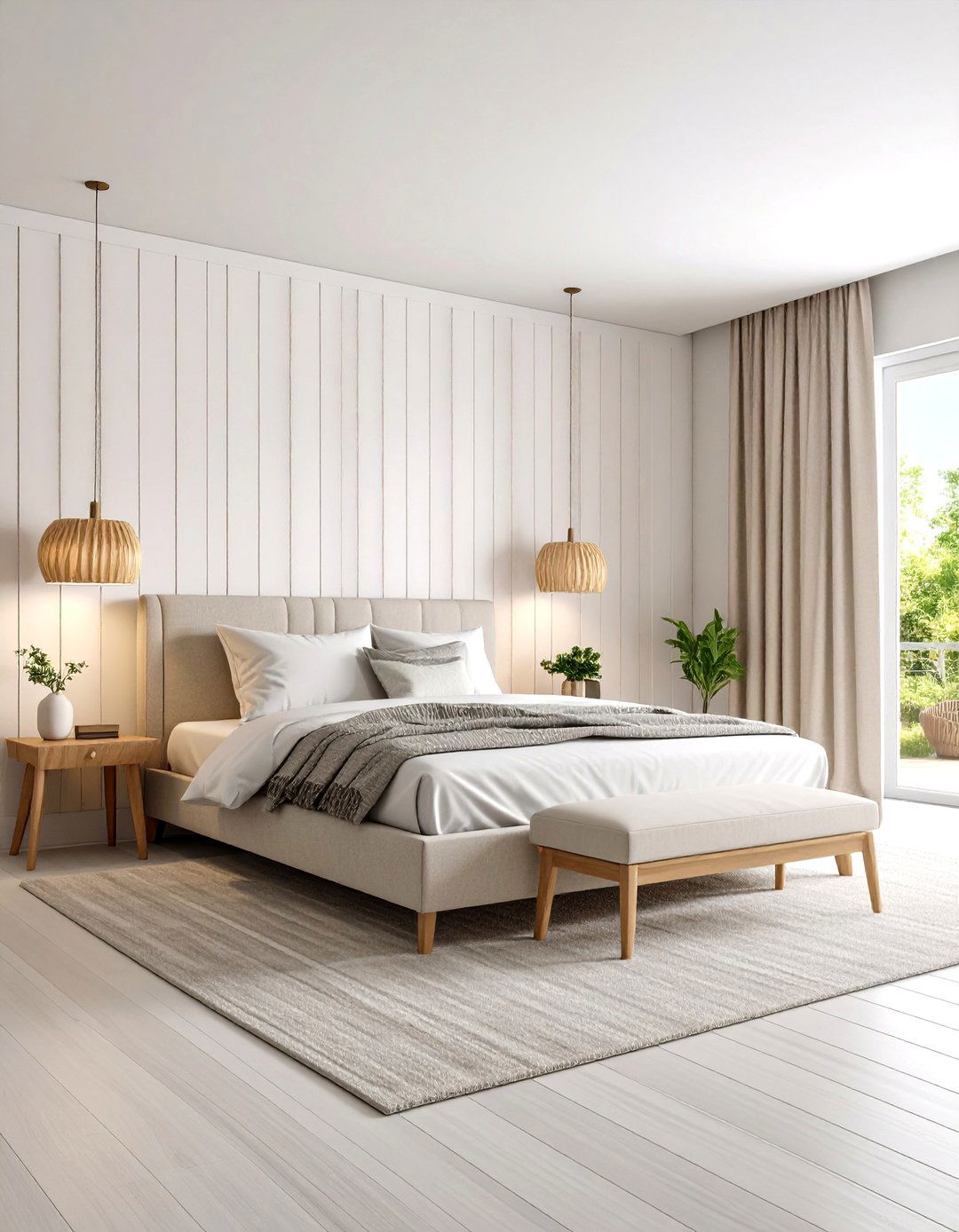
Another clever move is letting shiplap double as a built-in headboard. The Spruce highlights wide beige boards installed just behind the bed, adding cozy texture while freeing the floor of bulky furniture. Stop the planks at mattress height to save materials and top them with a stained oak ledge for books or art. Paint surrounding walls the same hue but in eggshell sheen so the accent stands out subtly. Add swing-arm sconces anchored through the planks; the solid backing means no searching for studs at night. Finish with linen bedding and neutral rugs to keep the focus on those graceful horizontal shadows.
14. Nursery Pastel Shiplap Accent Wall
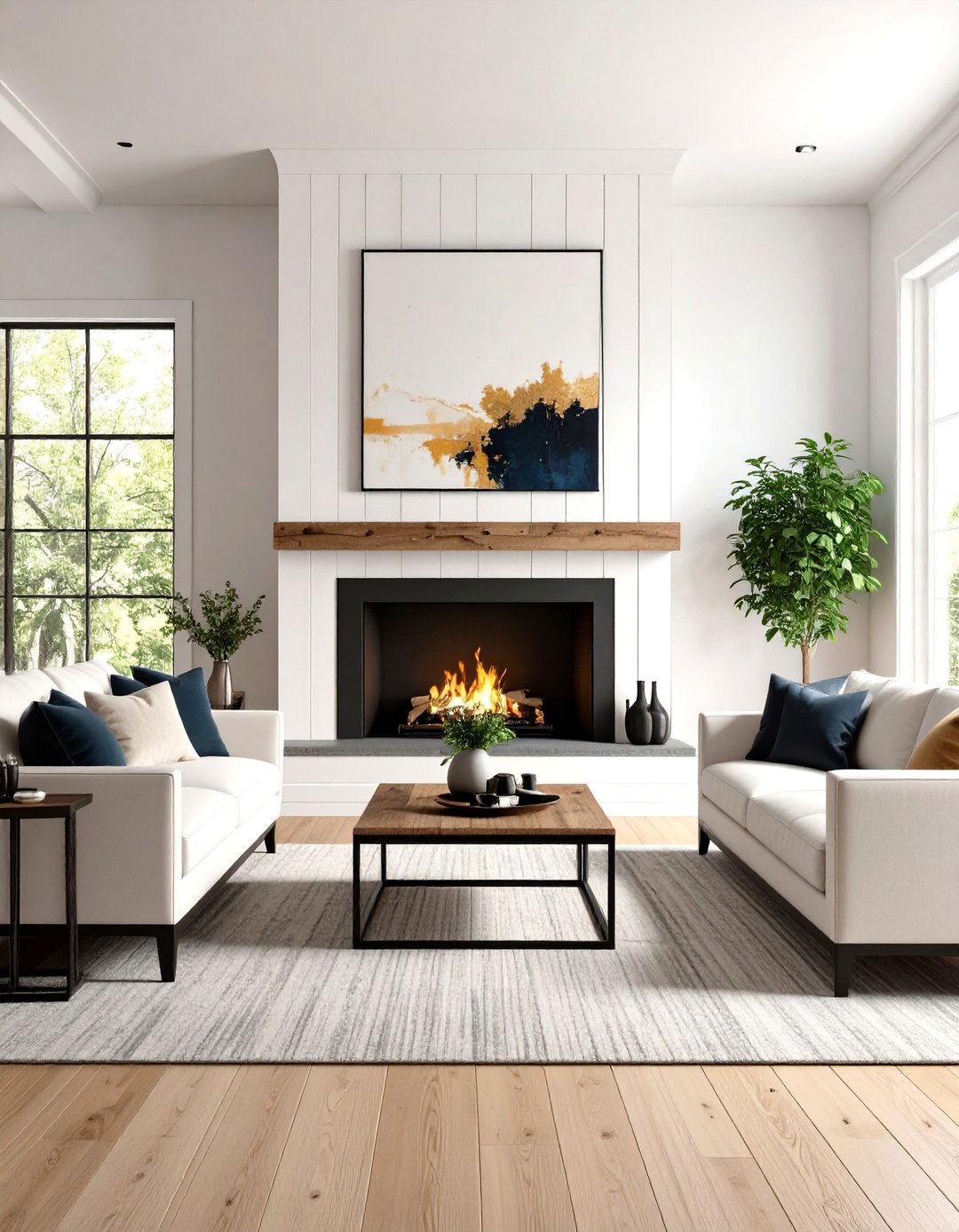
When creating a nursery, gentle texture beats busy wallpaper. The Spruce shows a modern room where white lower-half shiplap calms whimsical bird paper above, preventing pattern overload. Paint the boards in durable, low-VOC semi-gloss so crayon marks wipe off easily. Because babies love contrast, install a slim picture-ledge at chair-rail height and display bold black-and-white flash cards that can be swapped for storybooks later. Choose rounded-edge pine to avoid sharp corners, and countersink nails to eliminate tiny grab points. A plush wool rug and blackout curtains finish a space that feels soothing at midnight yet stimulating by day for parents too.
15. Entryway Statement Black Shiplap Accent Wall
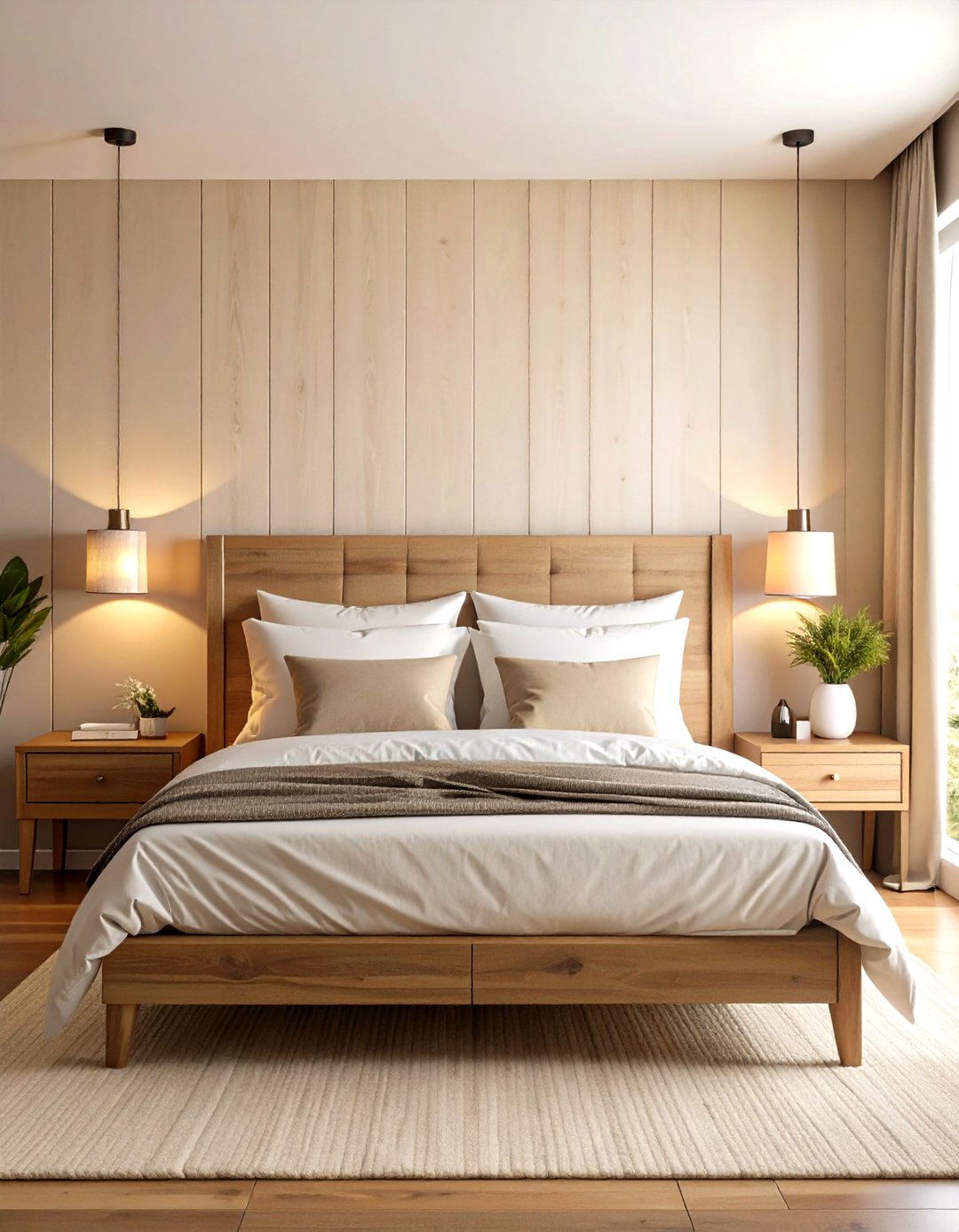
However small your foyer, a single black shiplap wall can announce style the second guests walk in. The Spruce spotlights mudrooms where ebony boards back coat hooks and benches, hiding scuffs and setting a sophisticated tone for the whole home. Keep surrounding trim and ceiling bright white to prevent a cave-like feel, and warm things up with a natural wood bench or woven baskets. Add matte-brass hooks staggered between boards; the repeating metal punctuates the horizontal lines. Finish with a vintage runner and oversized round mirror that reflects daylight, making the dramatic wall feel crisp, not claustrophobic—to visitors immediately.
16. Kitchen Island Backsplash Shiplap Accent Wall
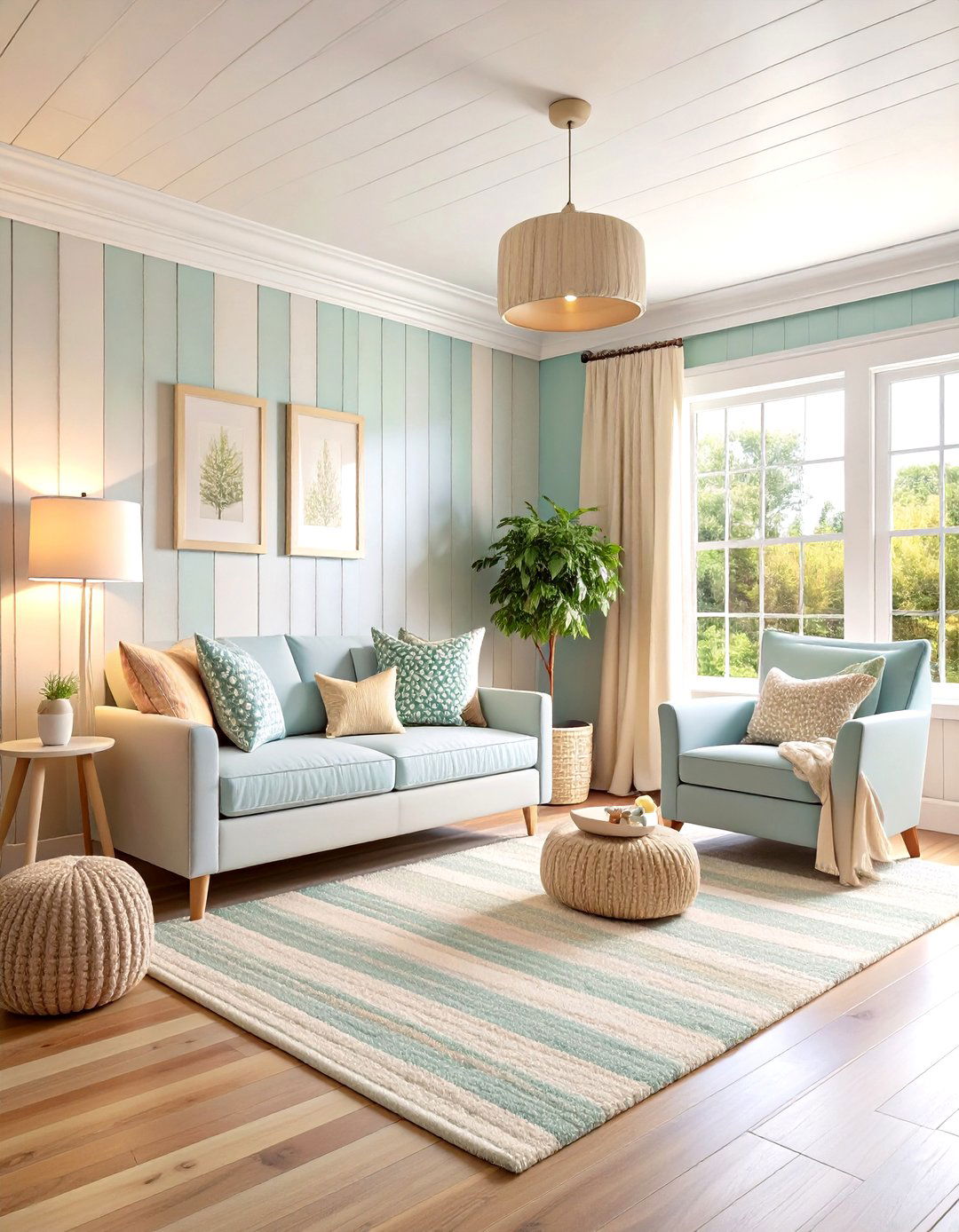
Studies of high-traffic kitchens show islands draw the eye first, so wrapping the back panel in shiplap turns a utilitarian surface into art. The Spruce’s black-island example proves a saturated color withstands shoe scuffs and anchors open layouts. Because code forbids combustible materials behind cooktops, limit boards to the island or peninsular overhang and finish them with washable urethane. Align planks with the countertop edge for a neat datum, and hide seams behind stools. Repeat the board width in floating shelves across the room to create rhythm, and use bar stools in warm wood so the textural dialogue feels intentional.
17. Hallway Board-and-Batten Combo Shiplap Accent Wall
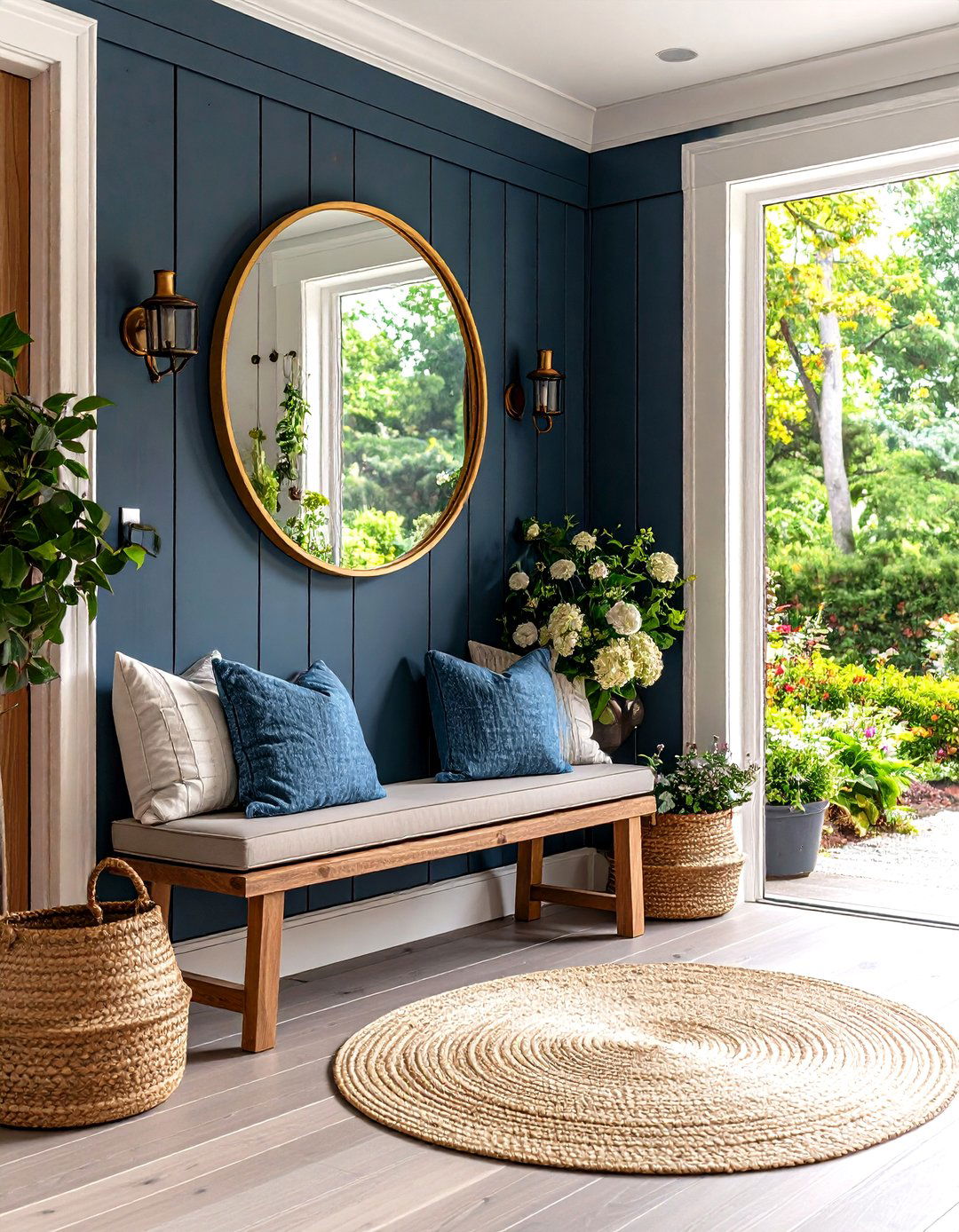
That often ignored corridor can gain gallery-like stature by mixing vertical board-and-batten below with slim horizontal shiplap above. Benjamin Moore’s design advice shows layered whites in different sheens spotlight artwork while emphasizing architectural detail. Keep battens at one-third wall height to ground the space, then continue shiplap to the ceiling so the passage feels taller. A slim picture-light rail across the upper third casts even illumination and hides any minor plank inconsistencies. Choose a scuff-resistant enamel—hallways take stroller bumps and backpack brushes daily. Finally, add a neutral runner and black-and-white family photos for an airy, curated effect everyone appreciates instantly.
18. Built-In Reading Nook Shiplap Accent Wall

One guaranteed cozy corner is a deep window seat lined with painted shiplap. The Spruce’s blue nook example shows how the color-drenched planks create a cocoon without needing cushions on every surface. Install the boards first, then build base cabinetry and side bookcases tight to the grooves so the treatment feels original. Add a 4-inch foam bench pad, sconce lighting, and hidden USB outlets for marathon reading sessions. If using a bold color, extend it onto the jambs so daylight glows through the hue. Because the nook is recessed, the horizontal lines naturally frame whatever vista lies beyond beautifully now.
19. Bathroom Vanity Vertical Shiplap Accent Wall
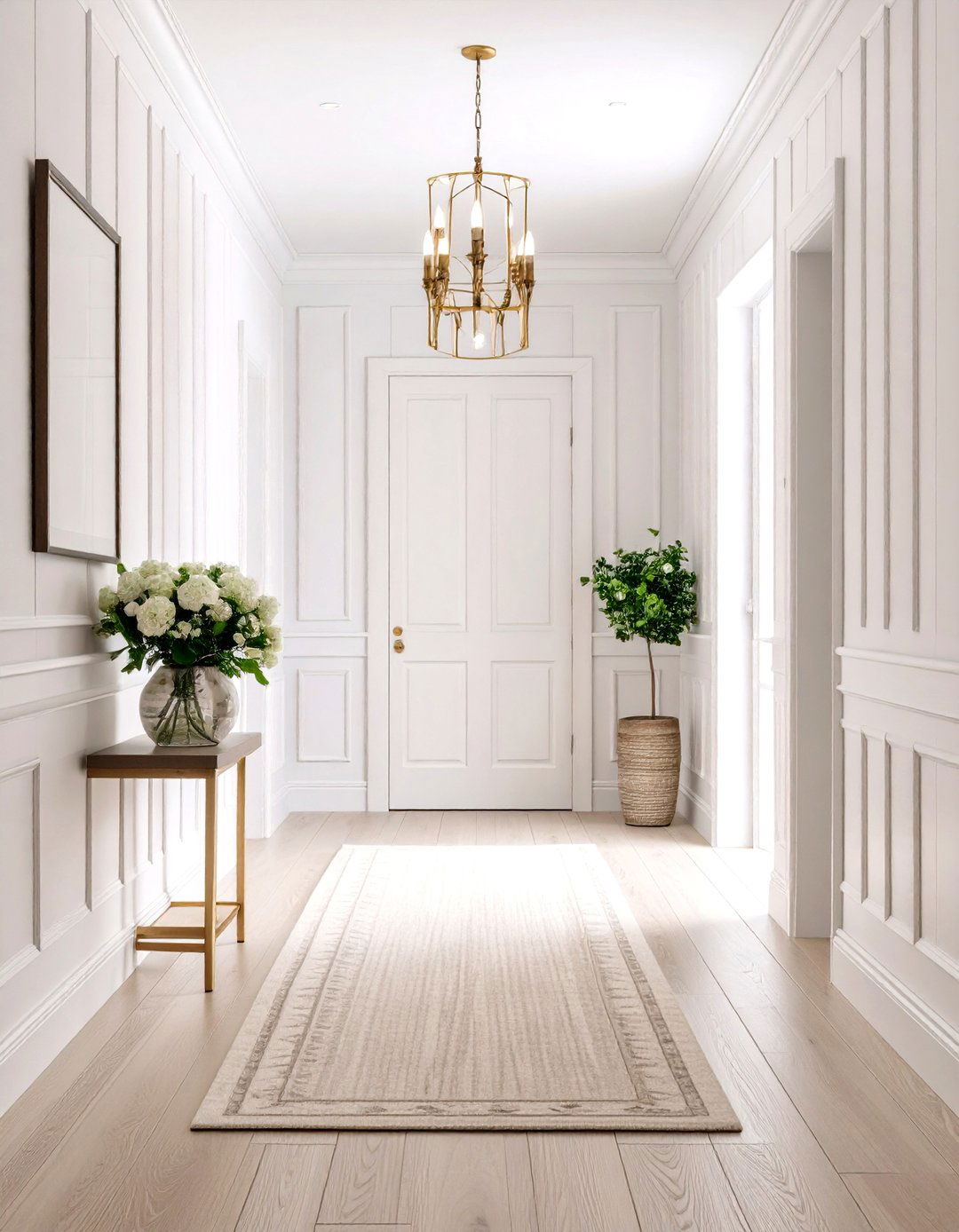
Meanwhile, mounting narrow black shiplap vertically behind a floating vanity delivers boutique-hotel flair. The Spruce’s example pairs the lines with a veined marble sink, letting subtle grain play against bold geometry. Vertical orientation lifts eye level, a welcome trick in powder rooms that lack windows. Seal gaps with paintable silicone so water splashes cannot seep into seams, and finish with mildew-resistant satin enamel. Offset the dark backdrop with an oversized round mirror and slim brass tapware that gleams against the inky planks. Because the wall already commands attention, keep accessories minimal—maybe a single sculptural vase or scented candle for spa serenity.
20. Staircase Landing Shiplap Gallery Accent Wall
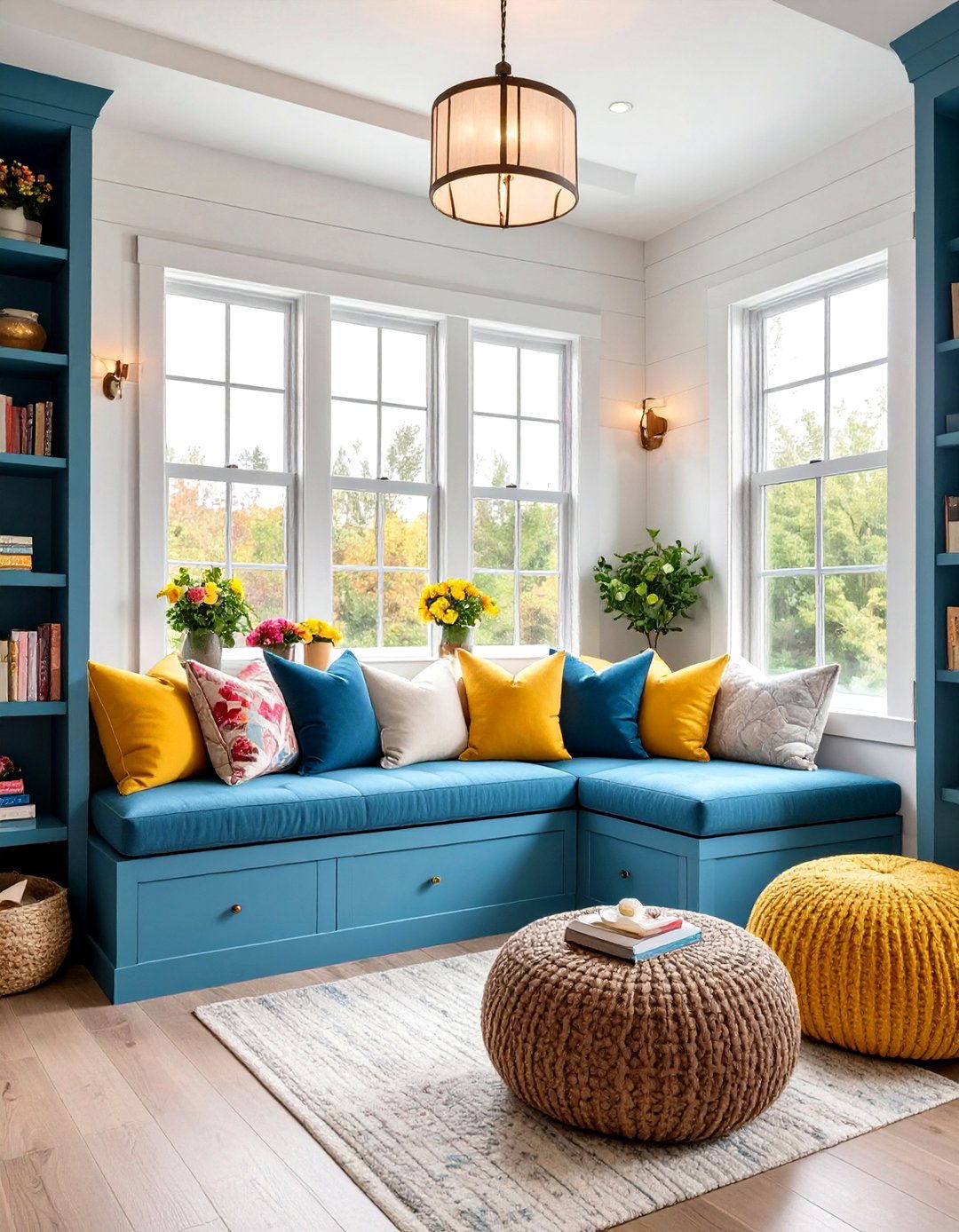
Despite its small footprint, the staircase landing offers prime vertical real estate for art, and shiplap makes the perfect backdrop. Houzz galleries feature landings where white boards march upward alongside railing spindles, providing subtle rhythm that frames a family photo wall. Use drywall anchors, then screw black gallery rails through the grooves so hardware nearly disappears. Paint risers the same white to create a continuous flow from treads to wall, and install an LED step light that washes across the texture for evening drama. Add a slim bench under the display so guests can pause and take in the story.
Conclusion:
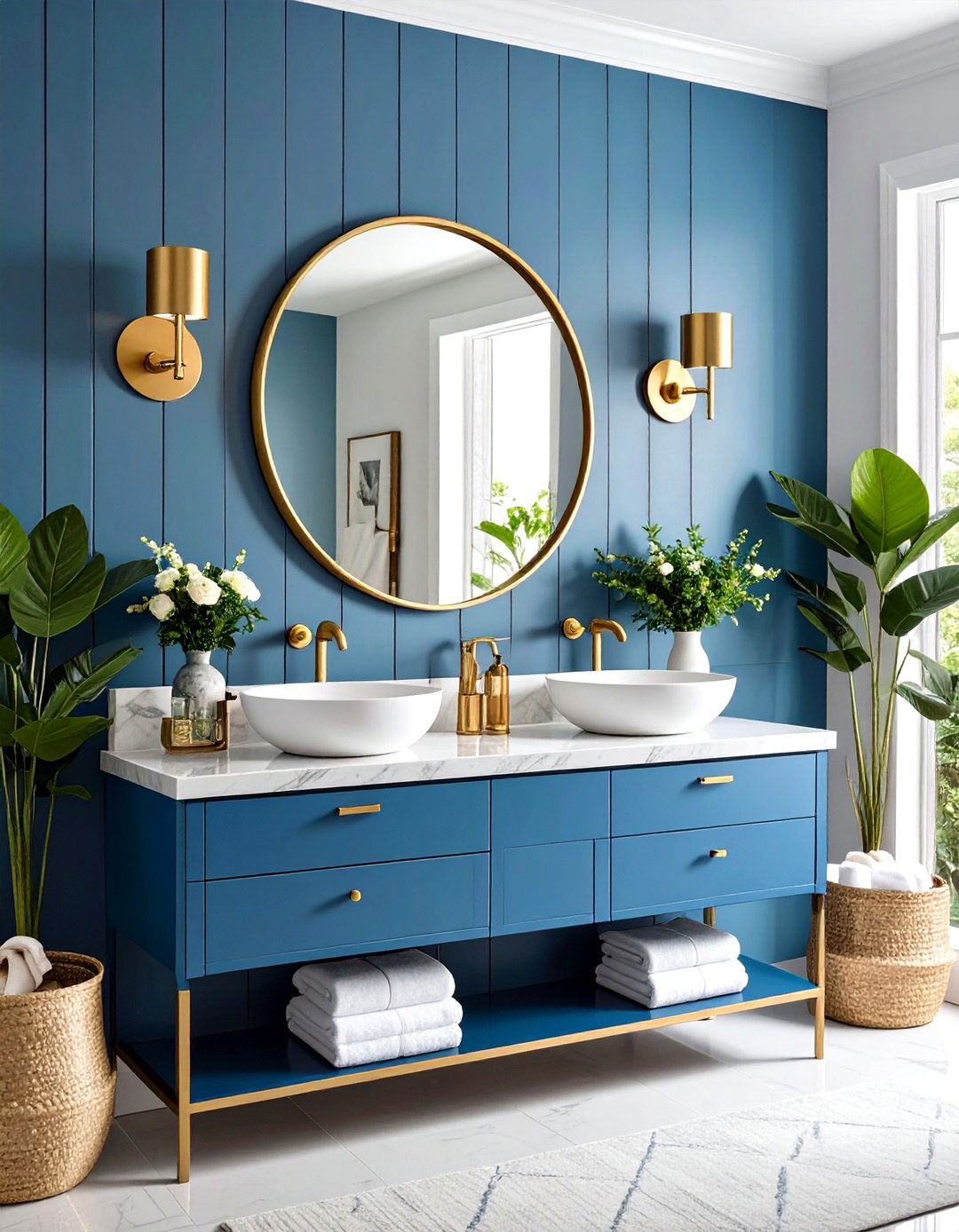
All things considered, shiplap remains remarkably adaptable: orient it horizontally for coastal calm, angle it into chevrons for energy, paint it black for drama, or leave it raw for rustic soul. From foyers to nurseries, each idea above outlines the key installation moves, protective finishes, and styling tips you need to achieve magazine-worthy results without wasting a board. Pick one concept, measure twice, and let those crisp grooves deliver instant architecture to your favorite blank wall.


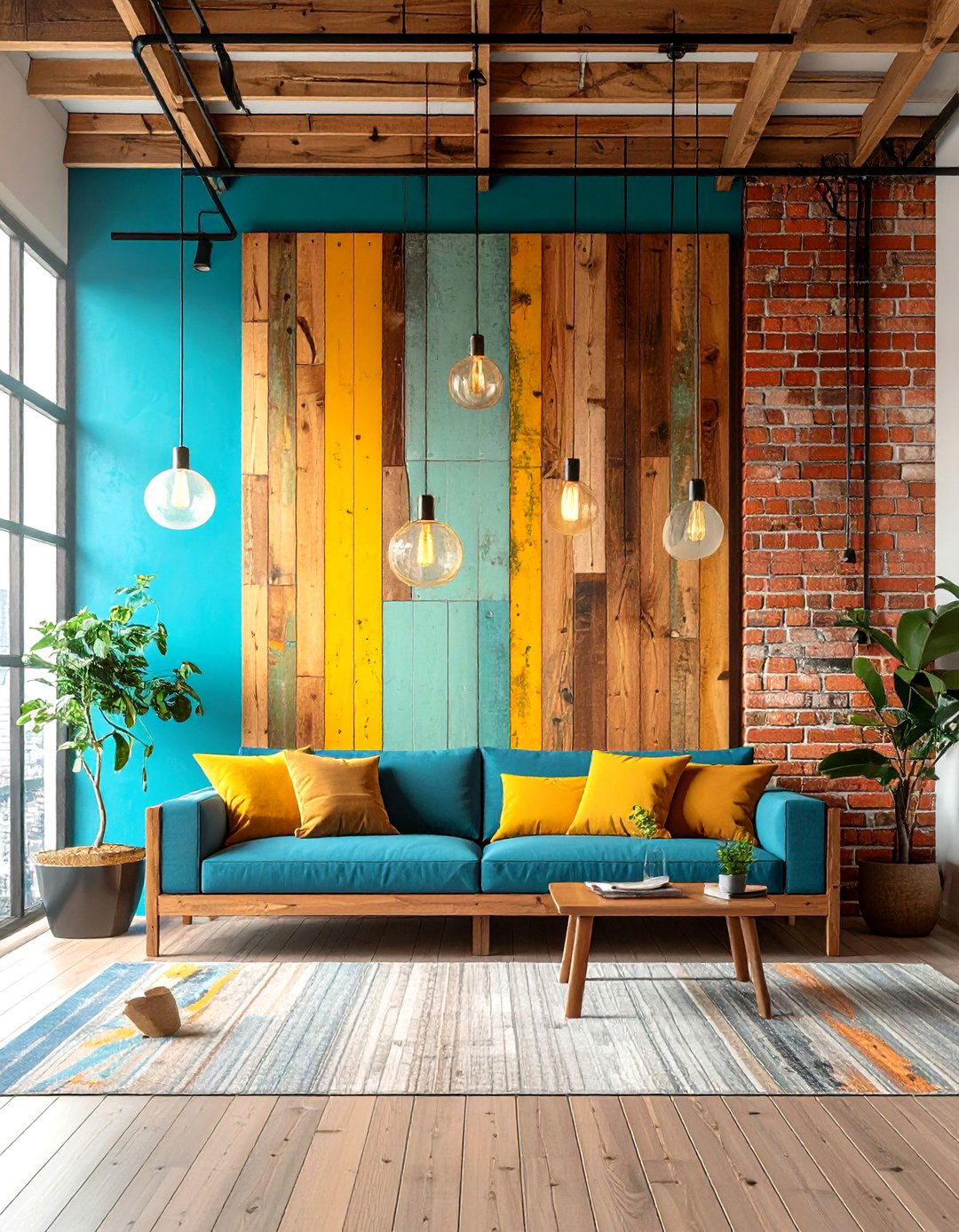
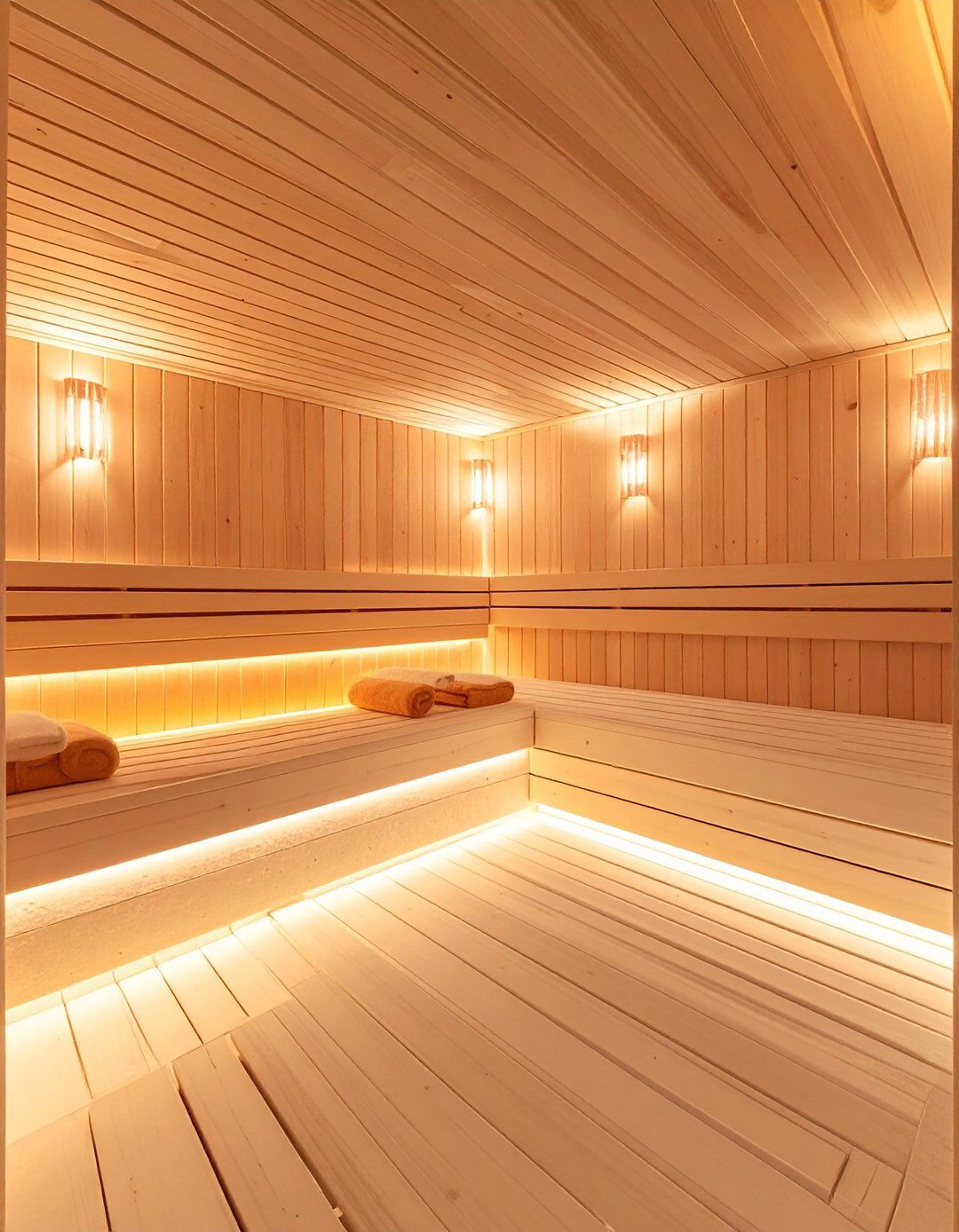
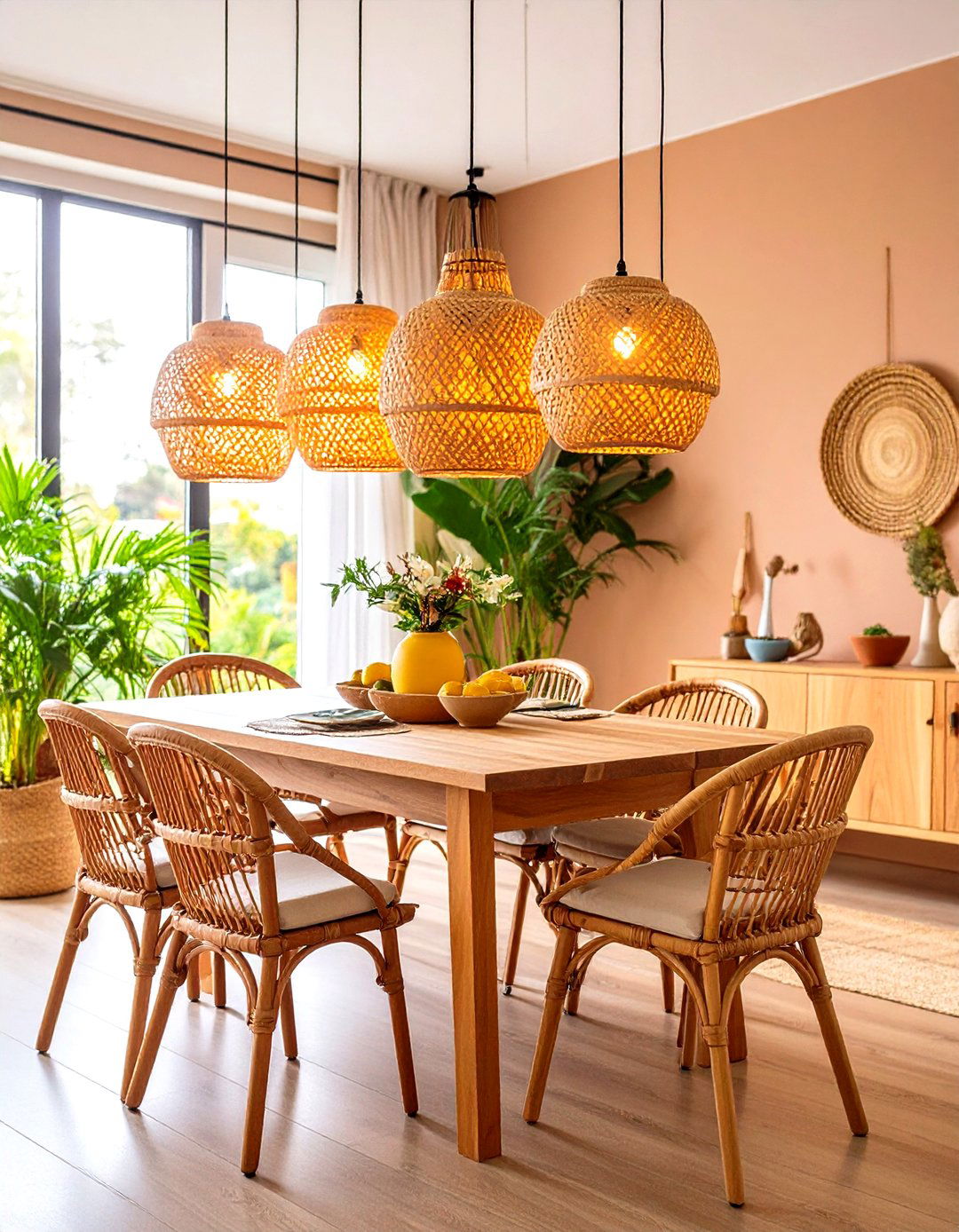
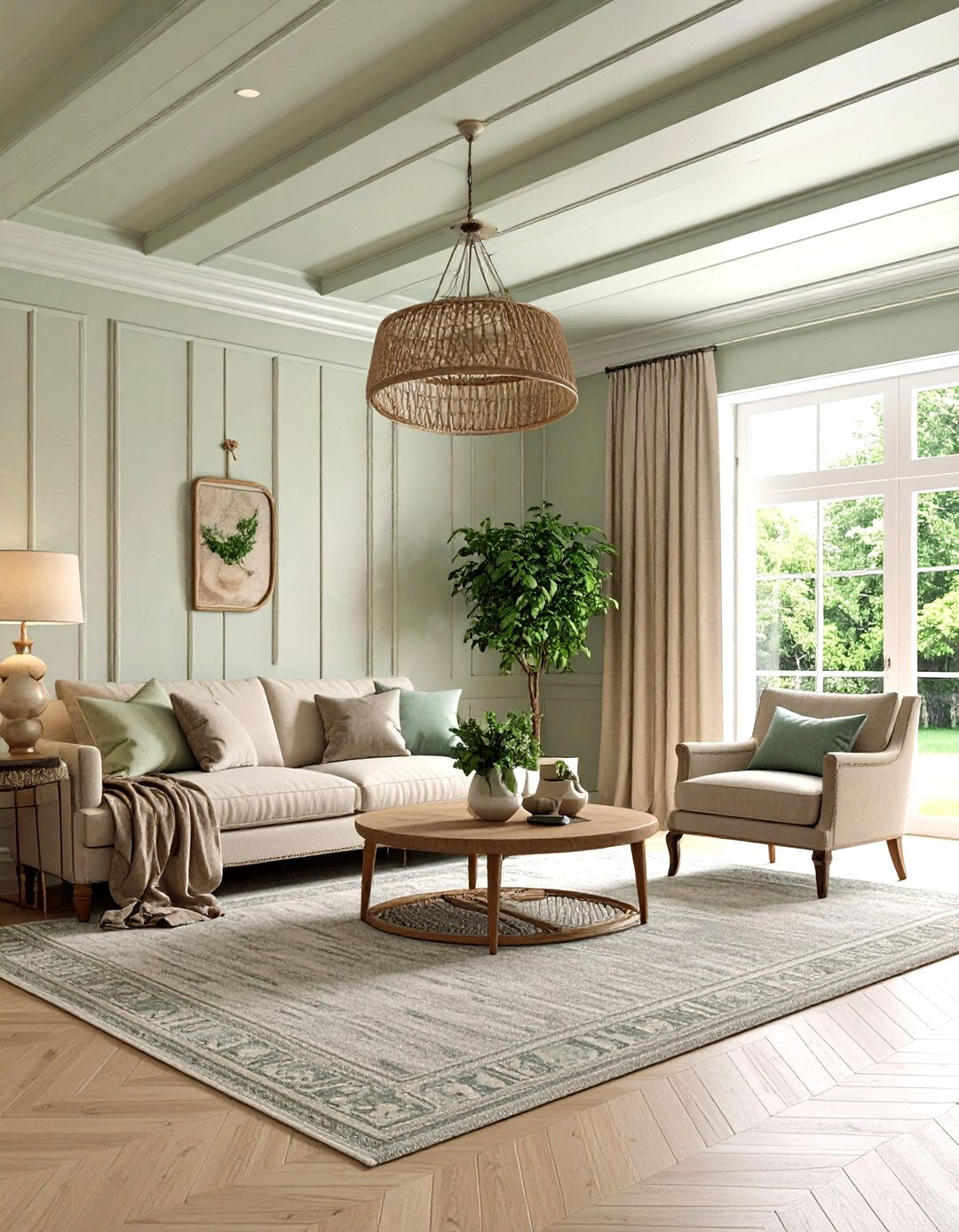
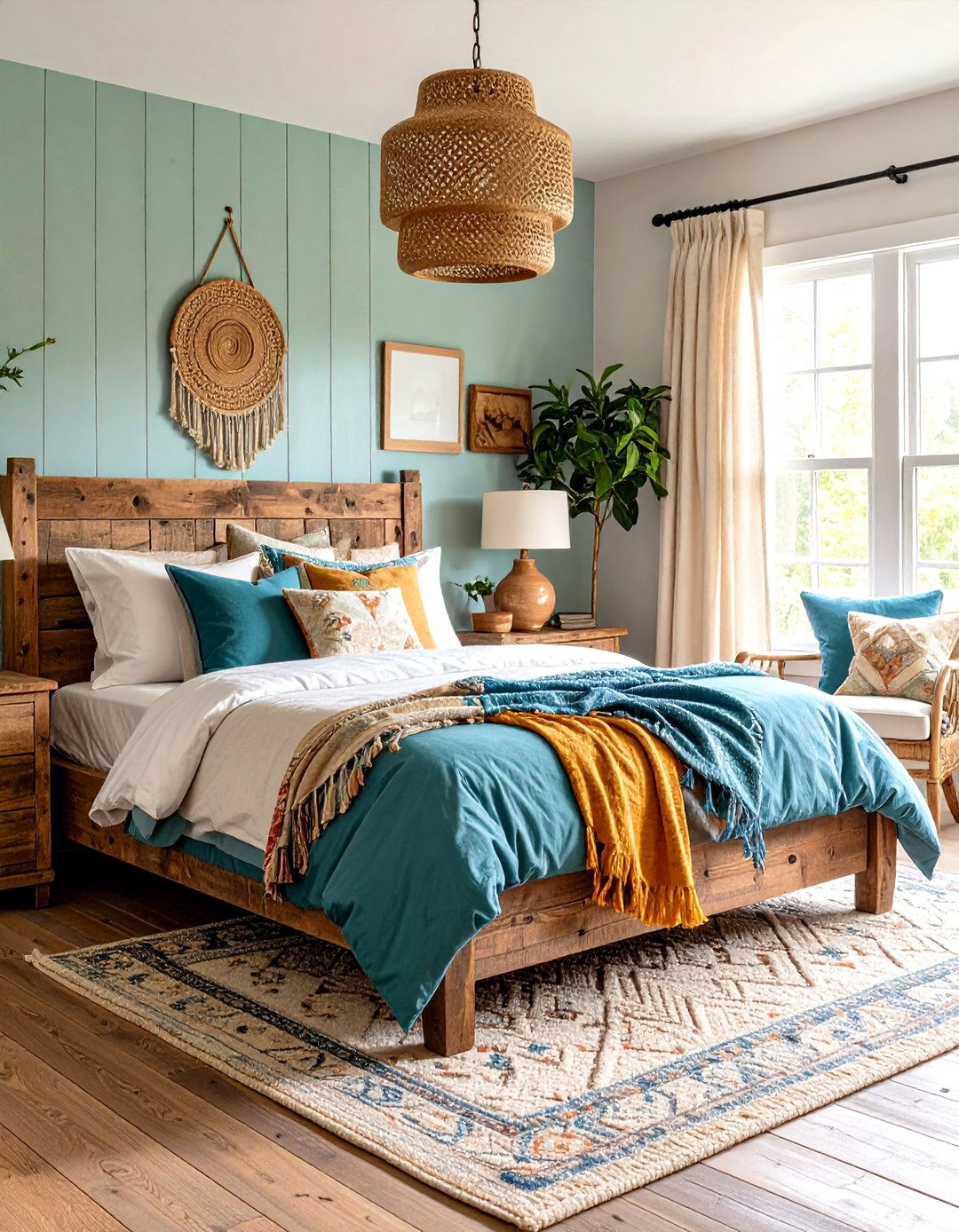
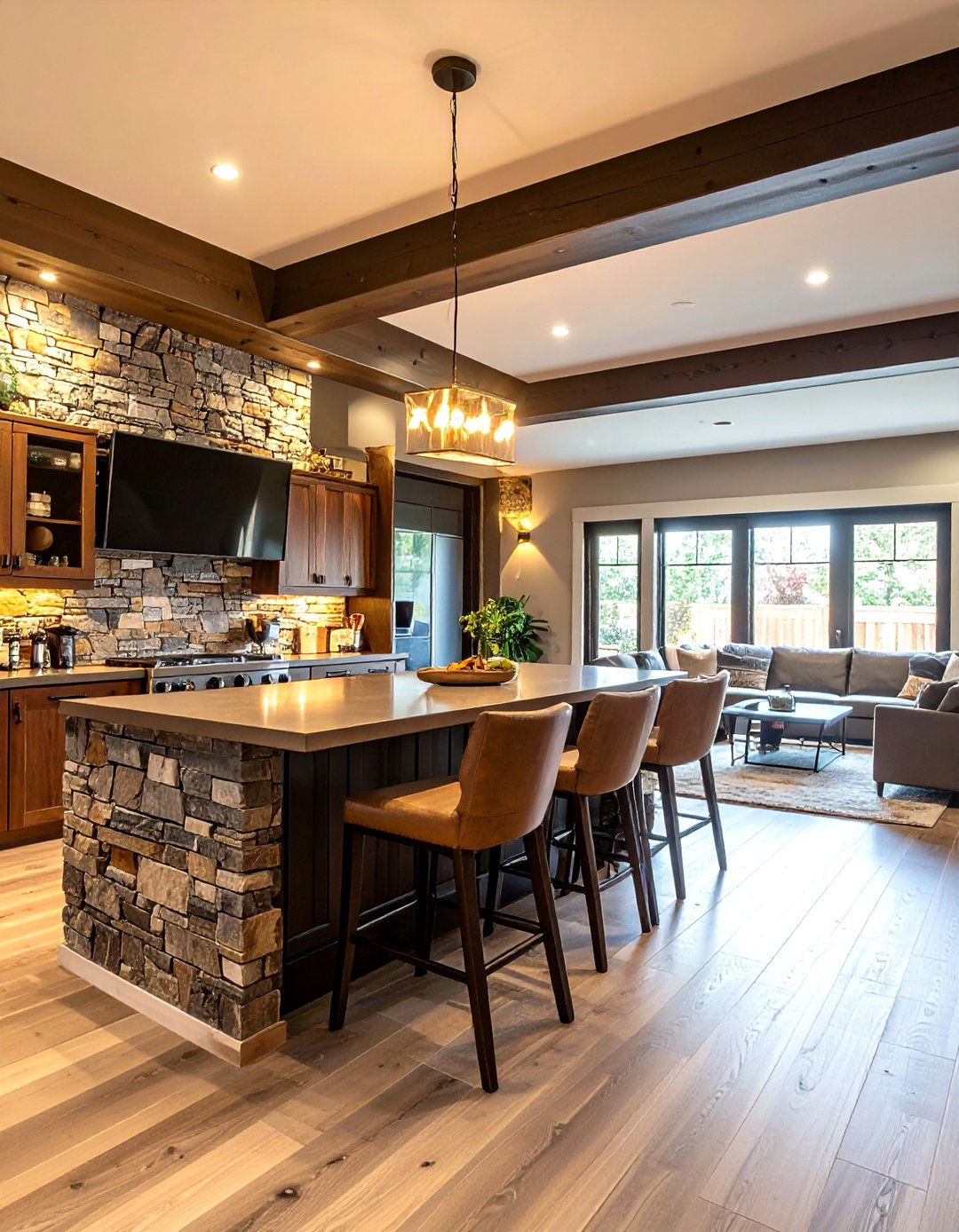
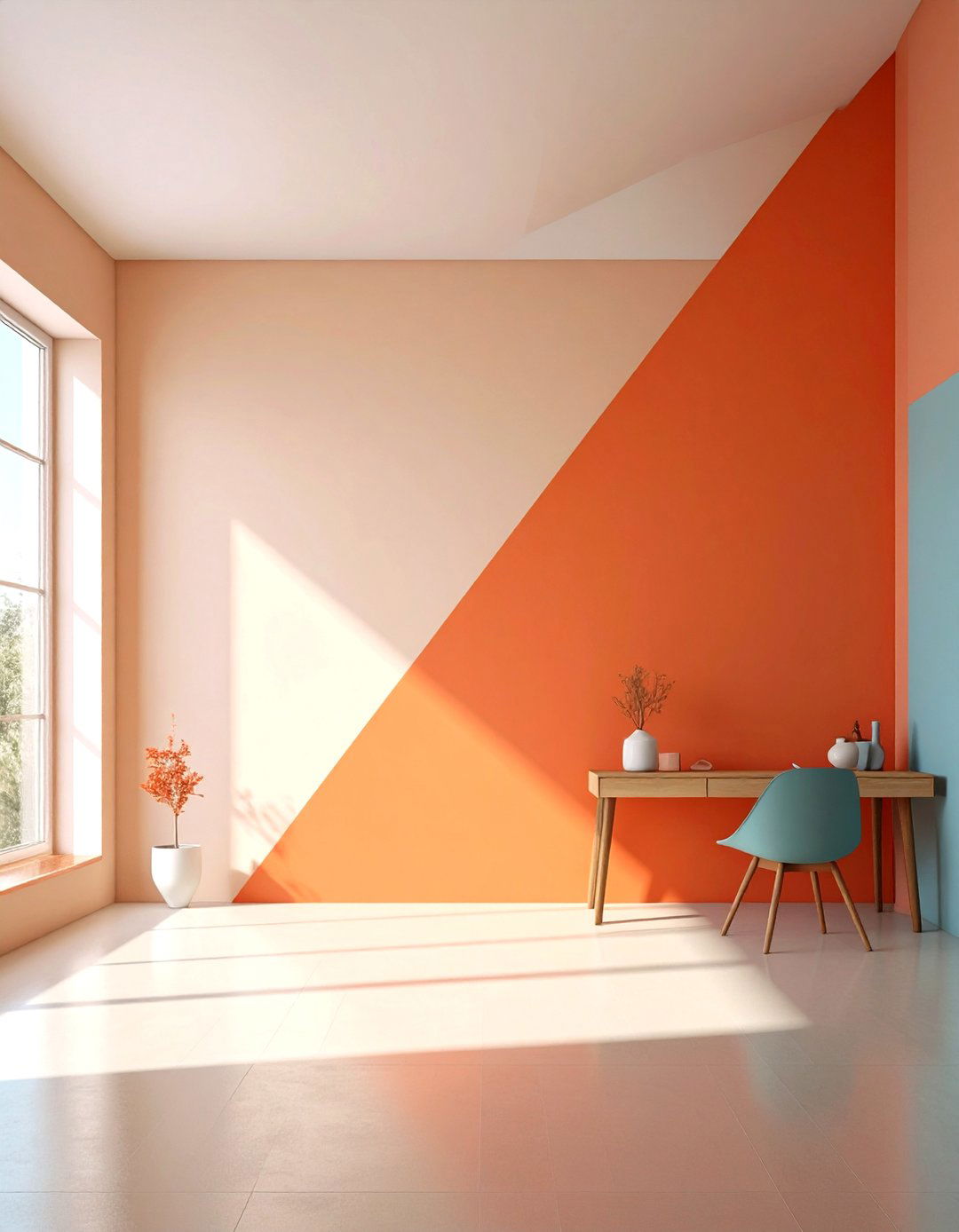
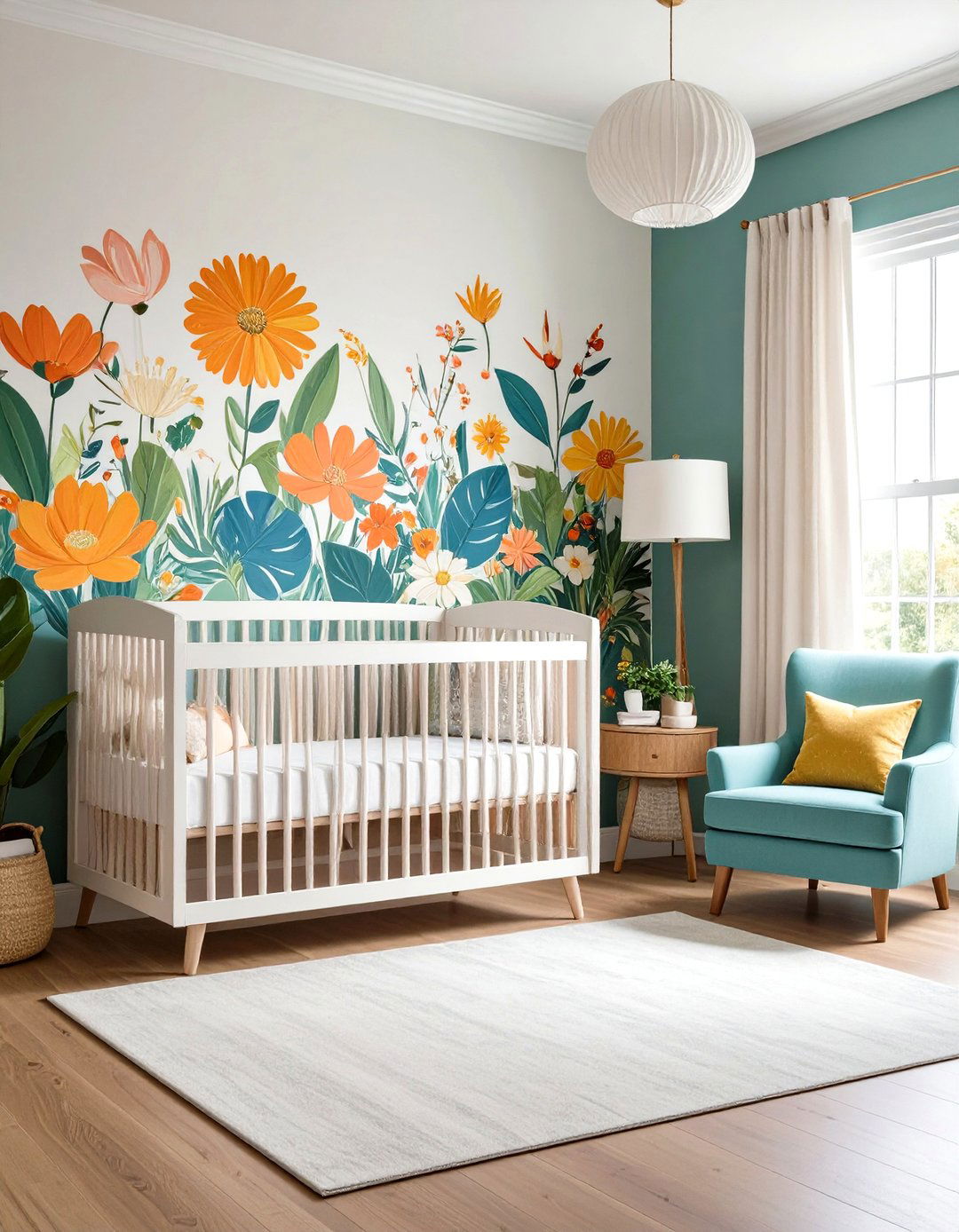
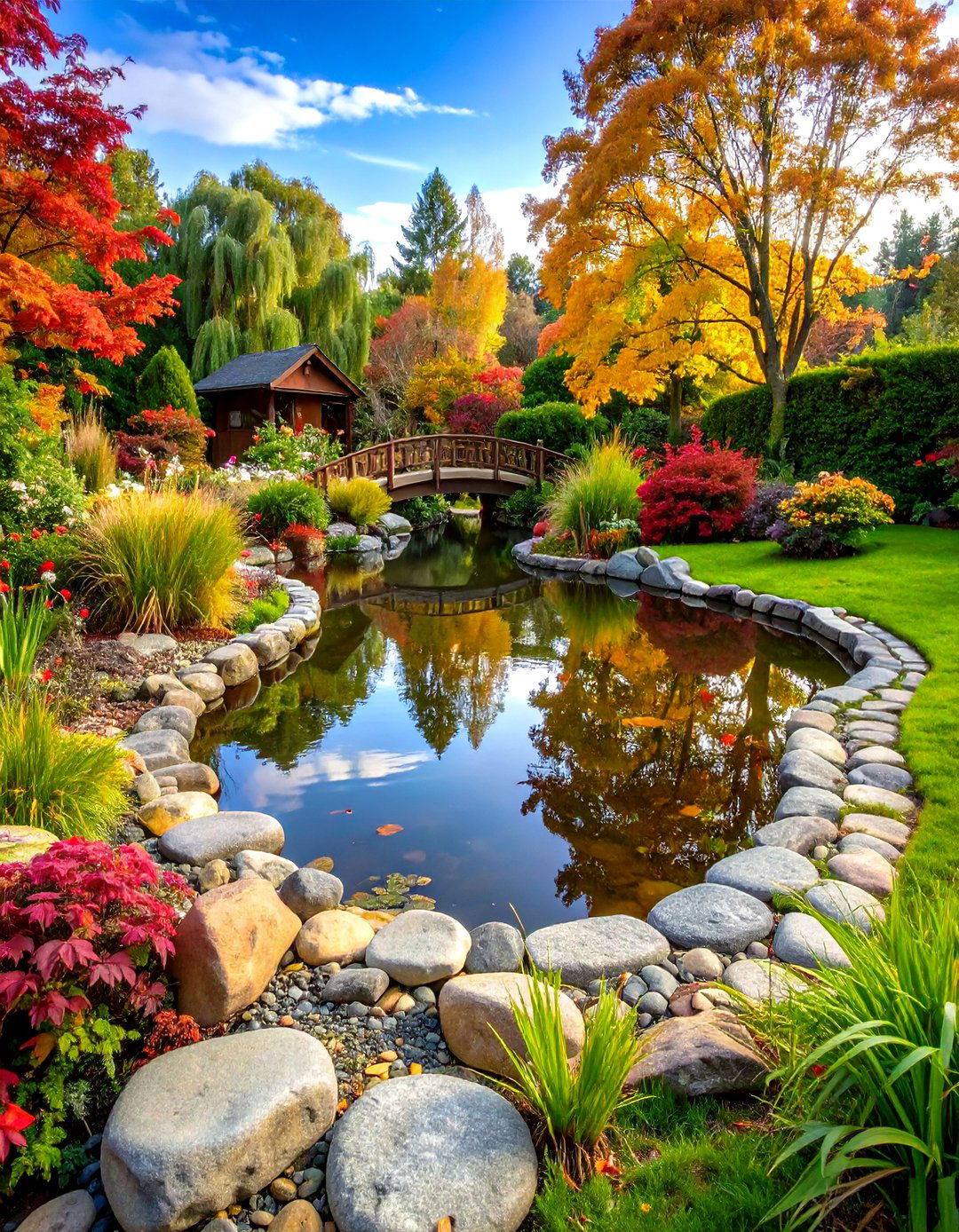
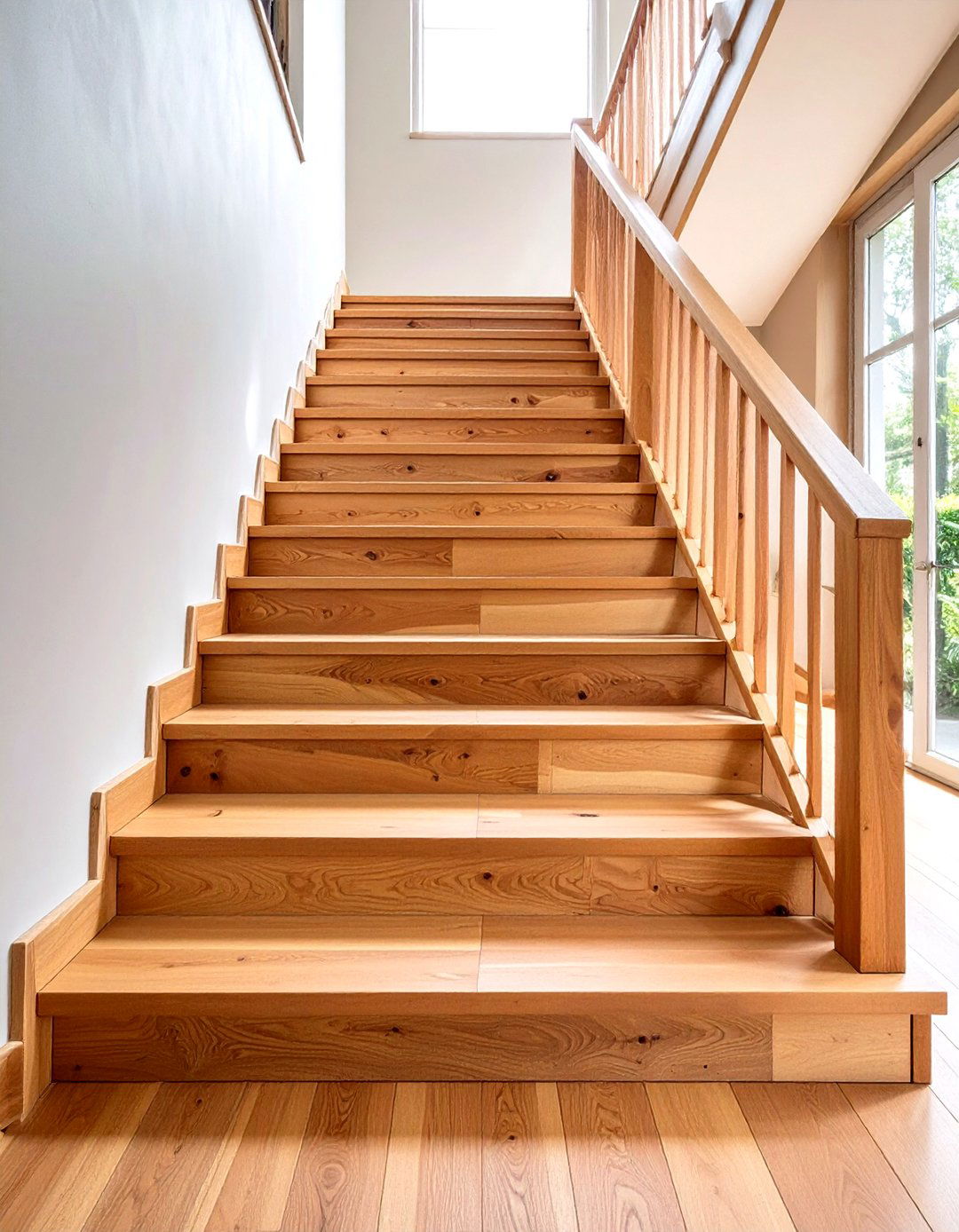
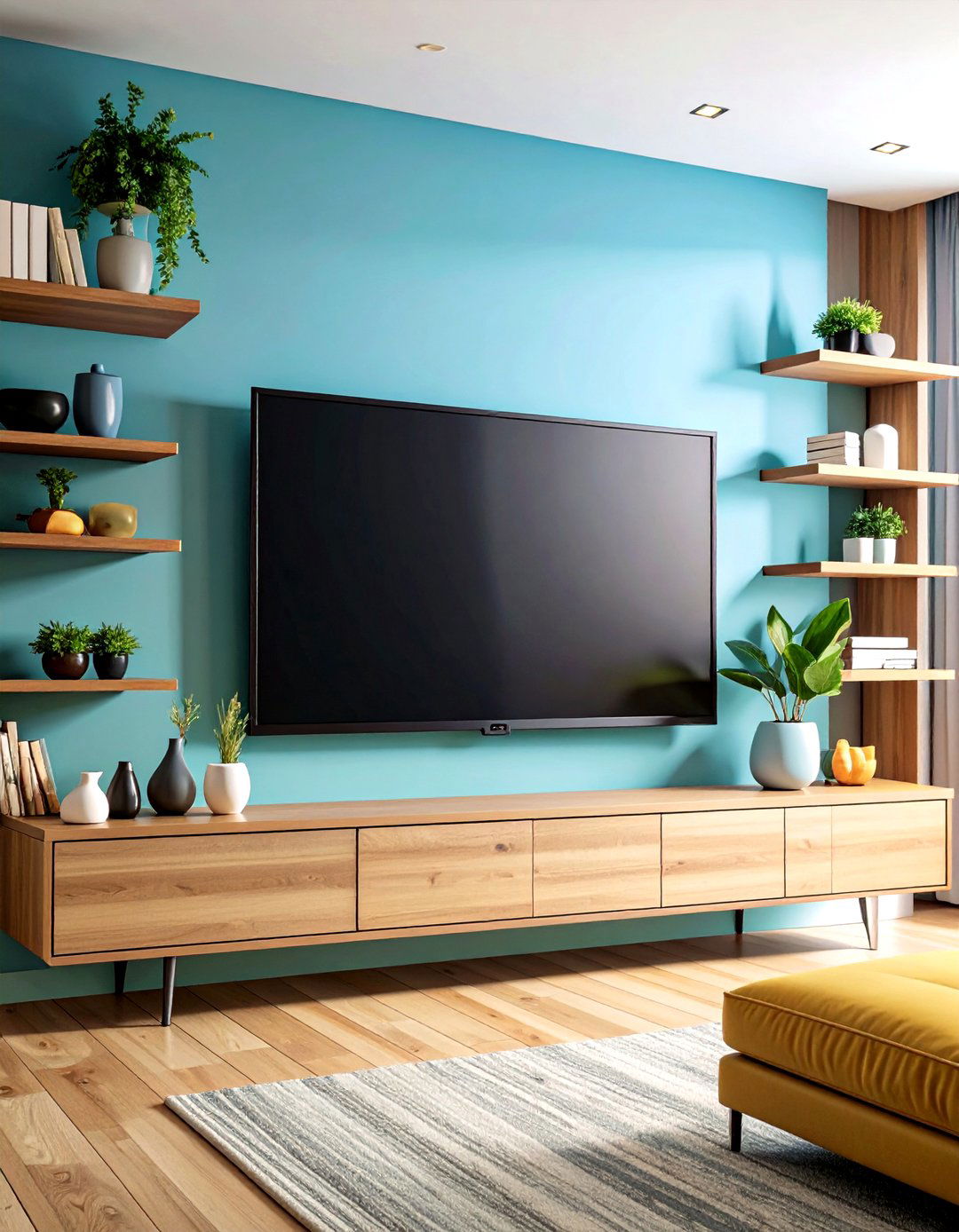
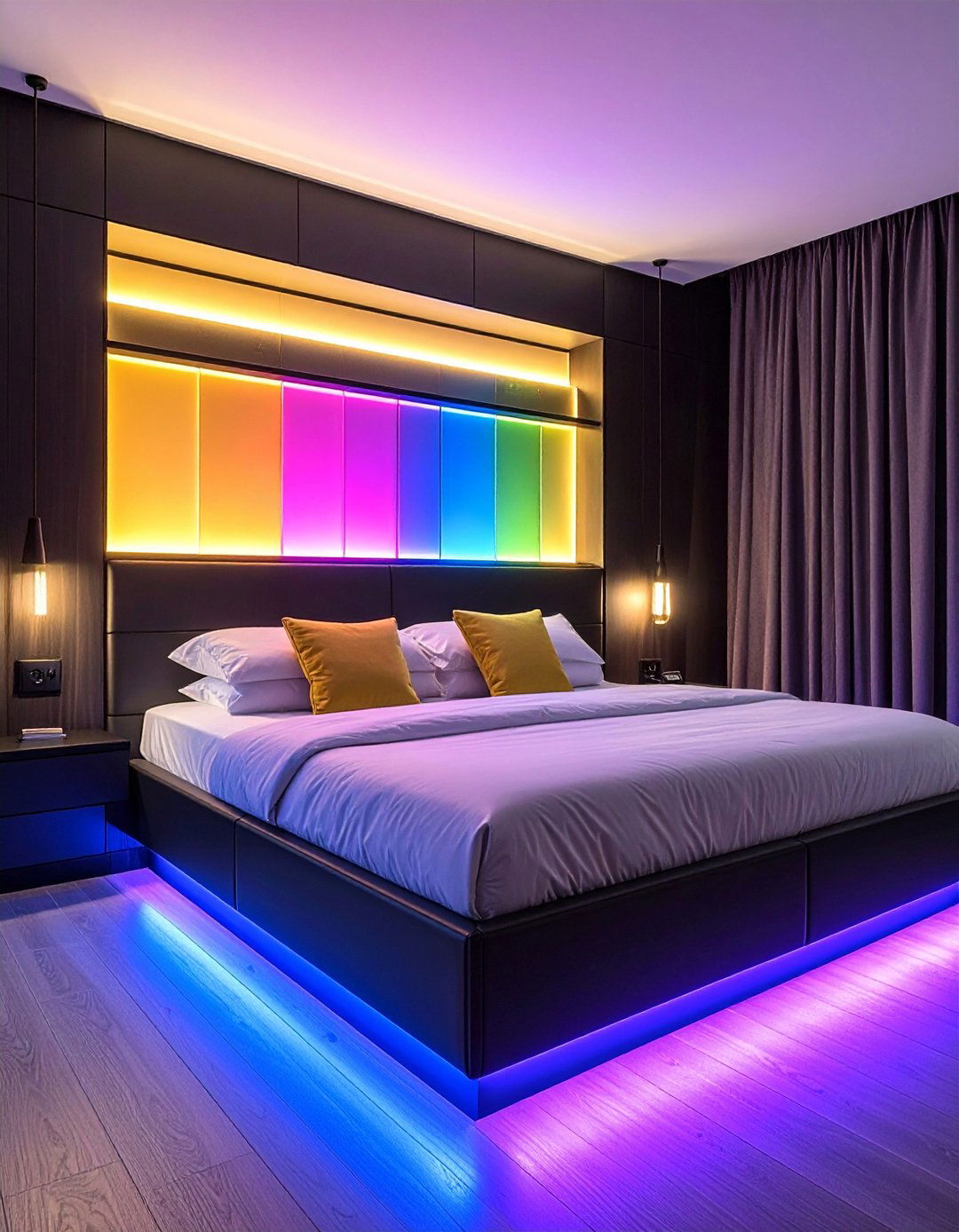

Leave a Reply